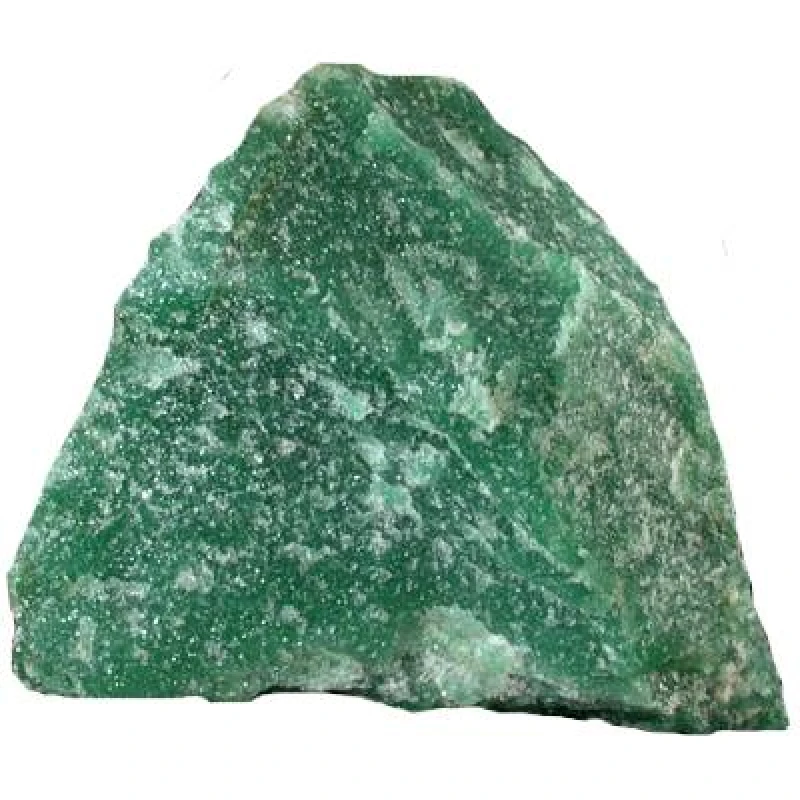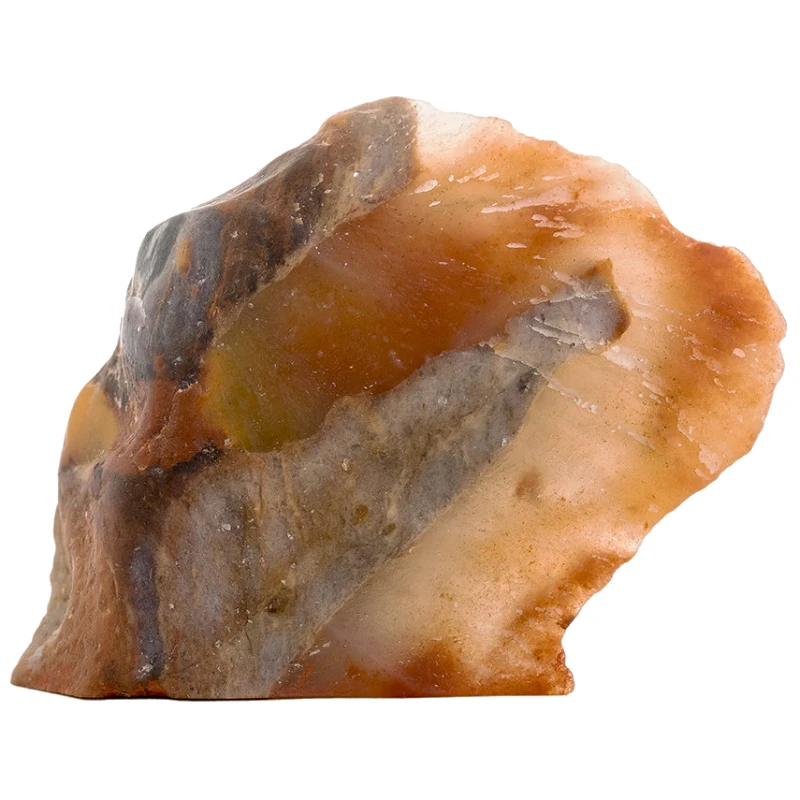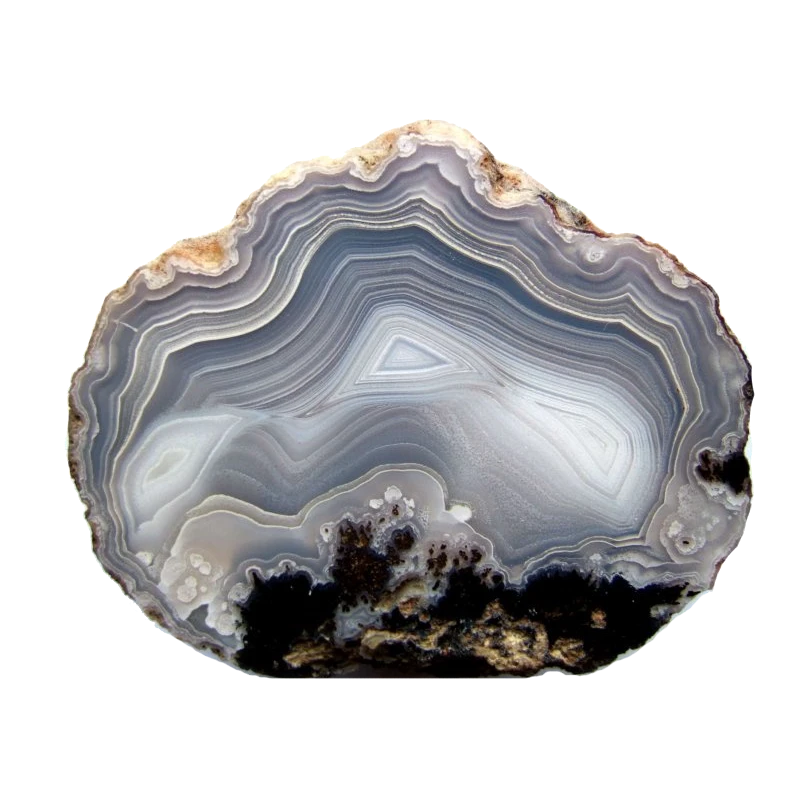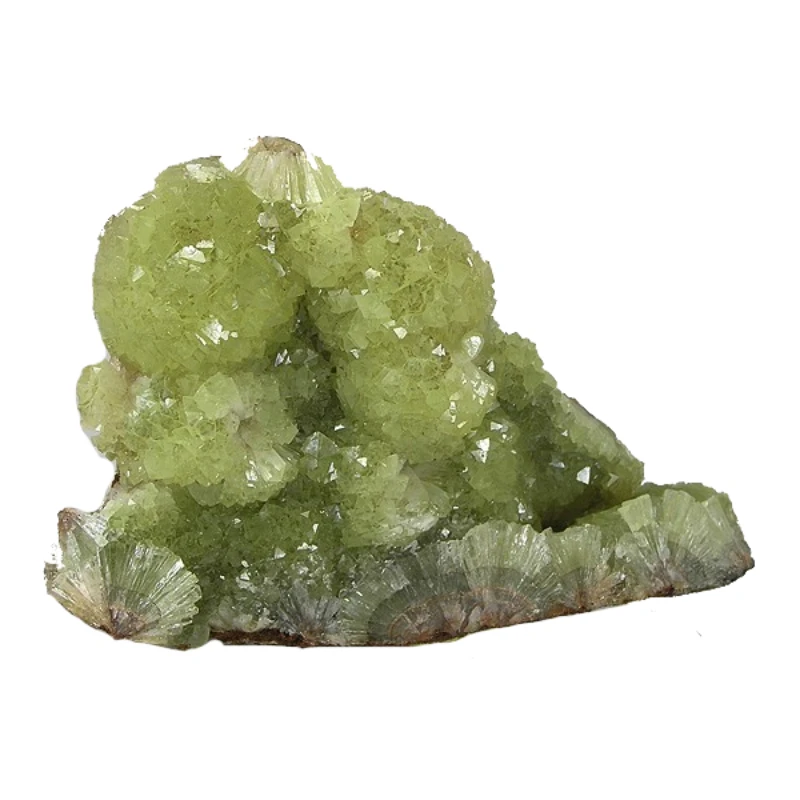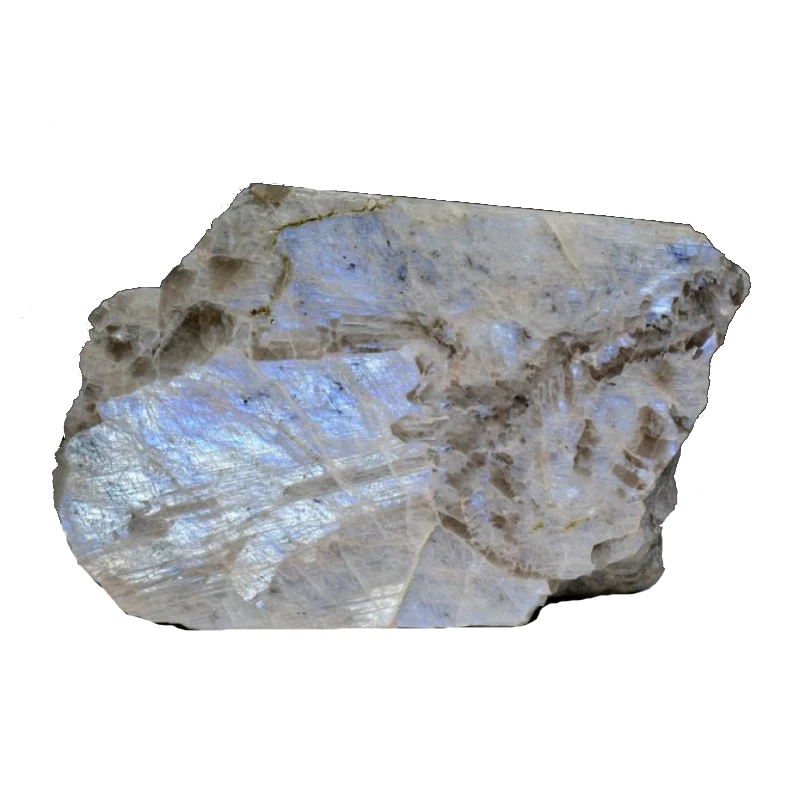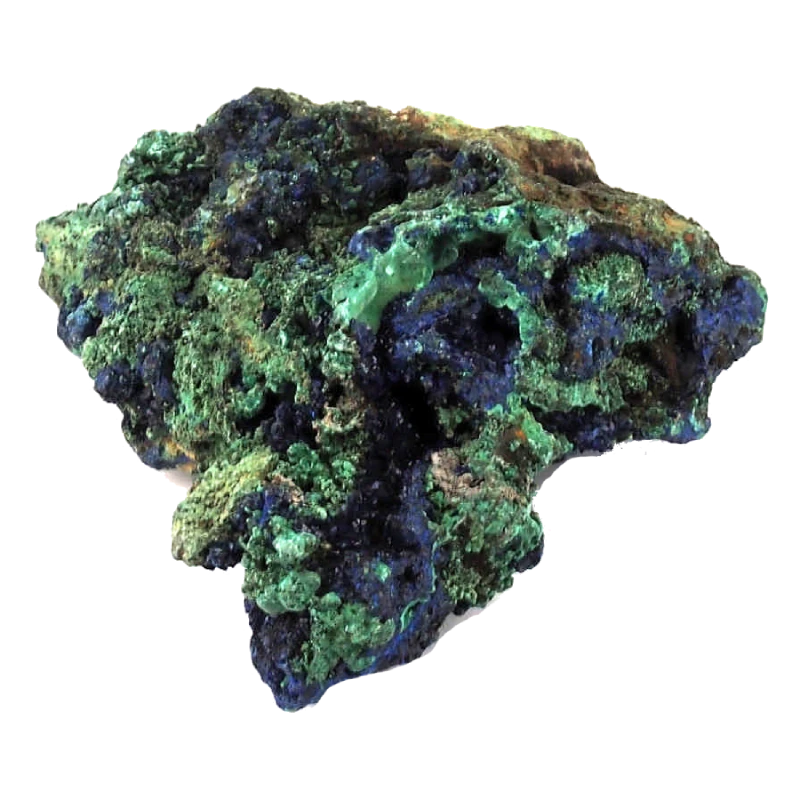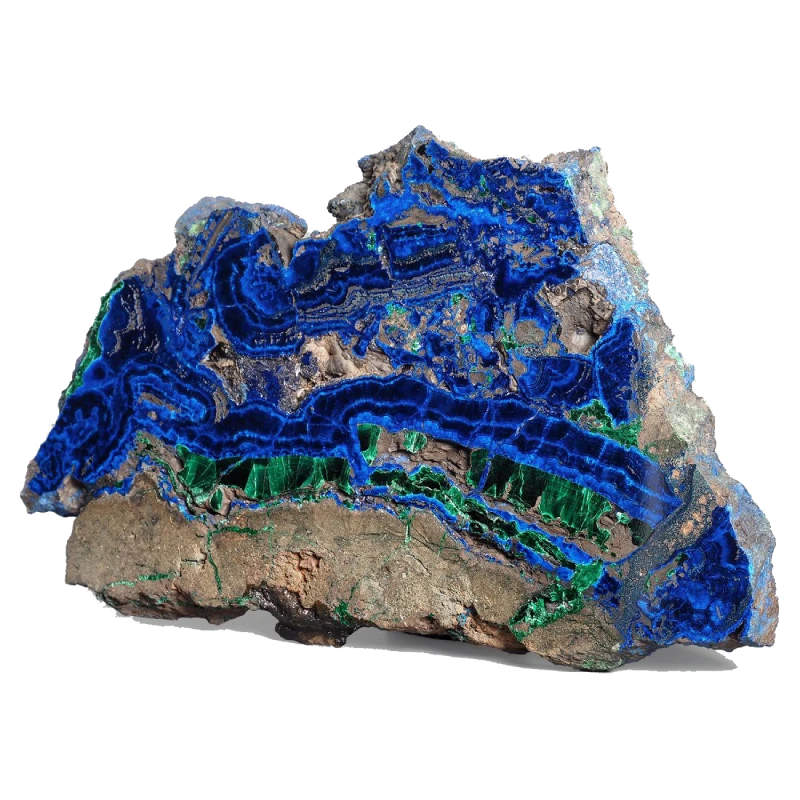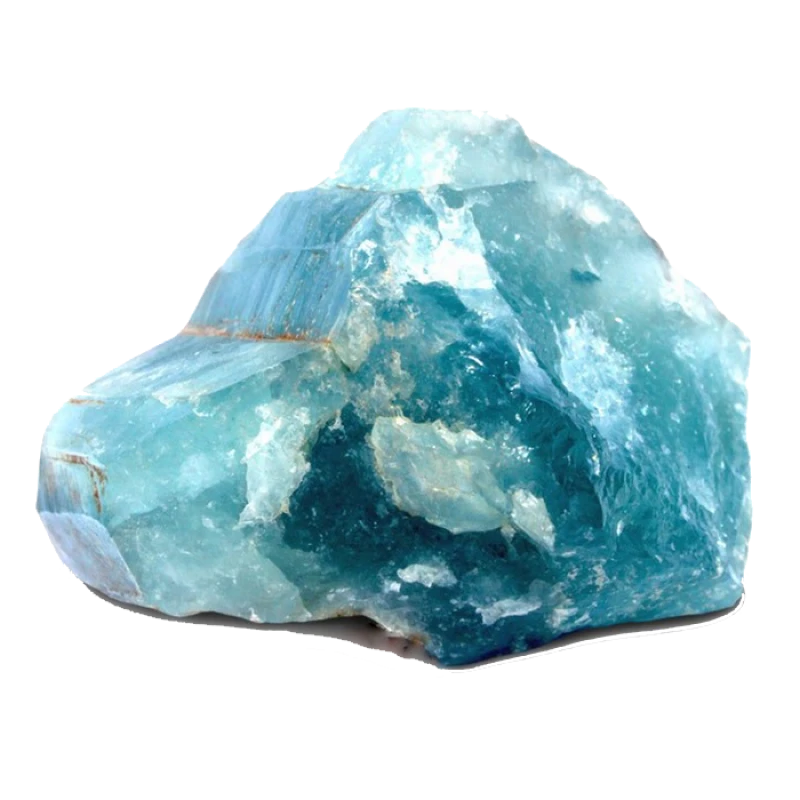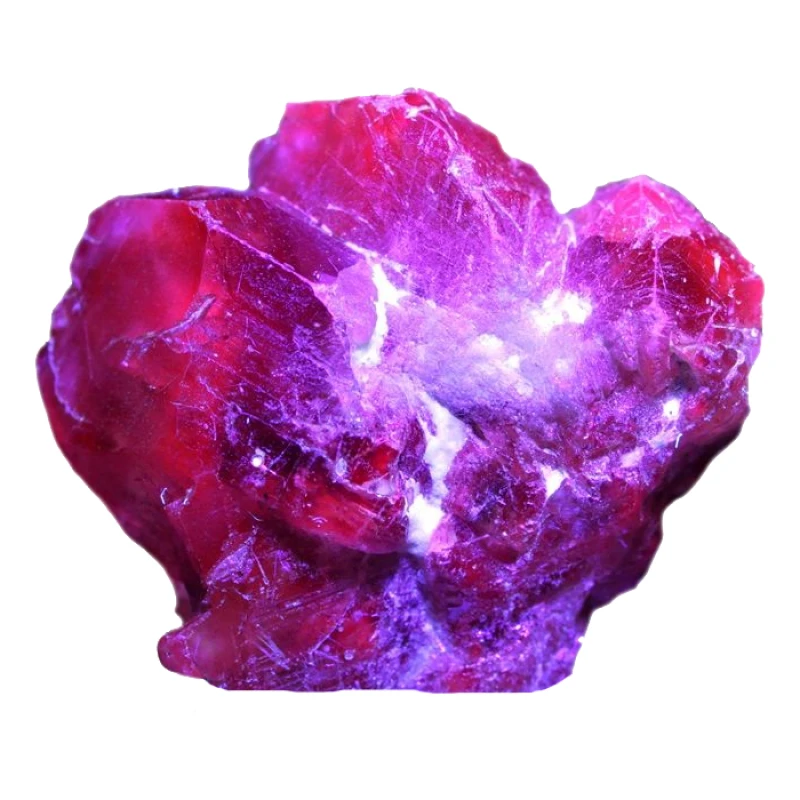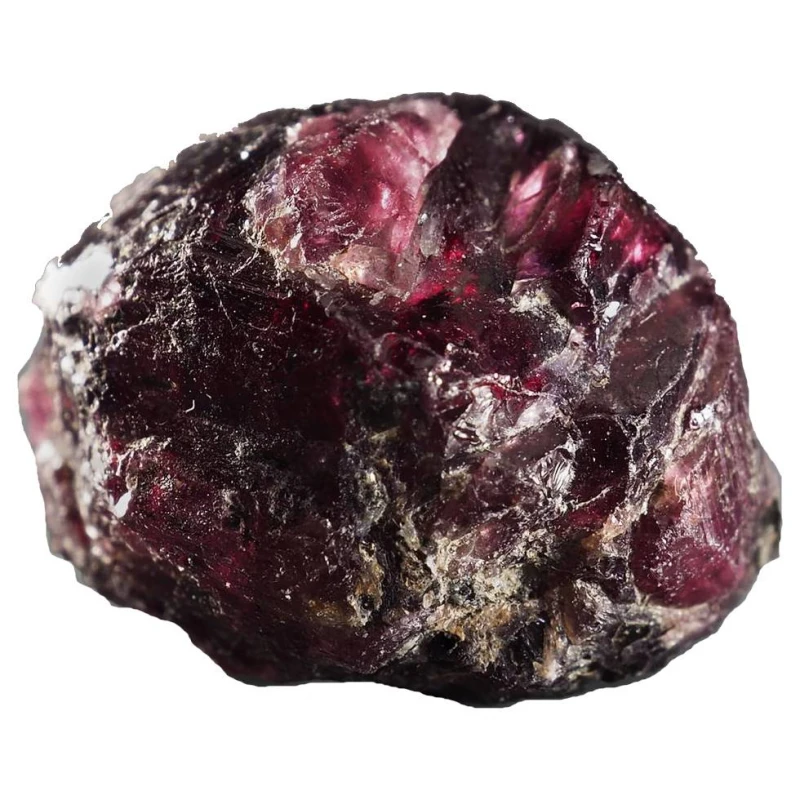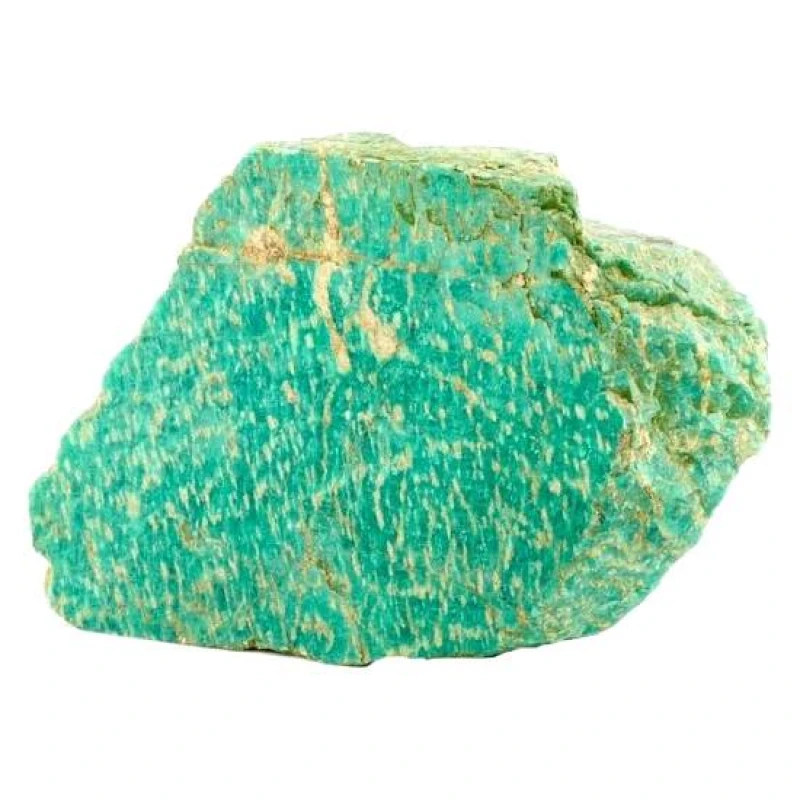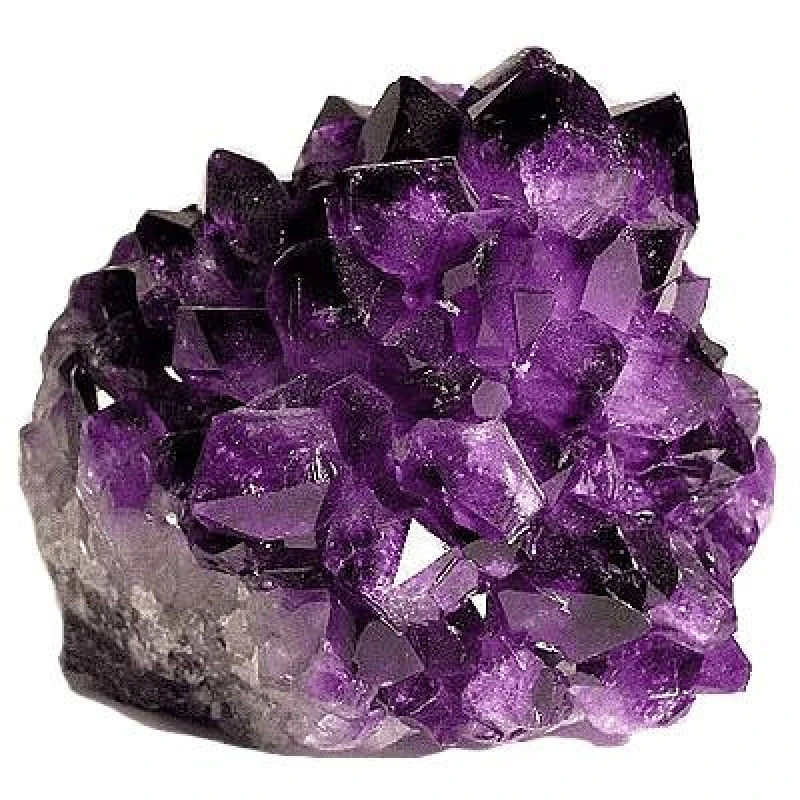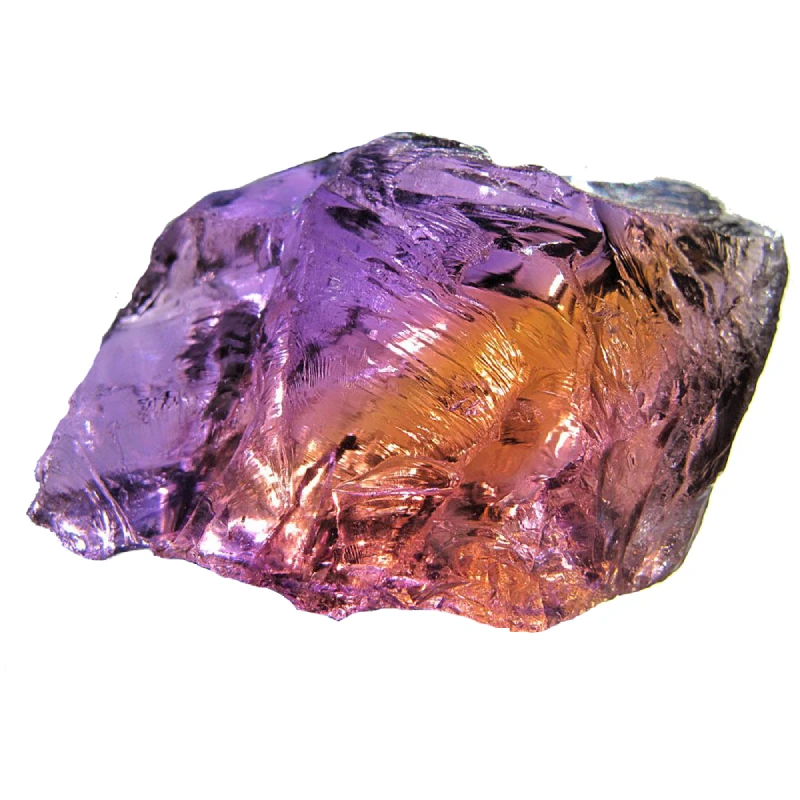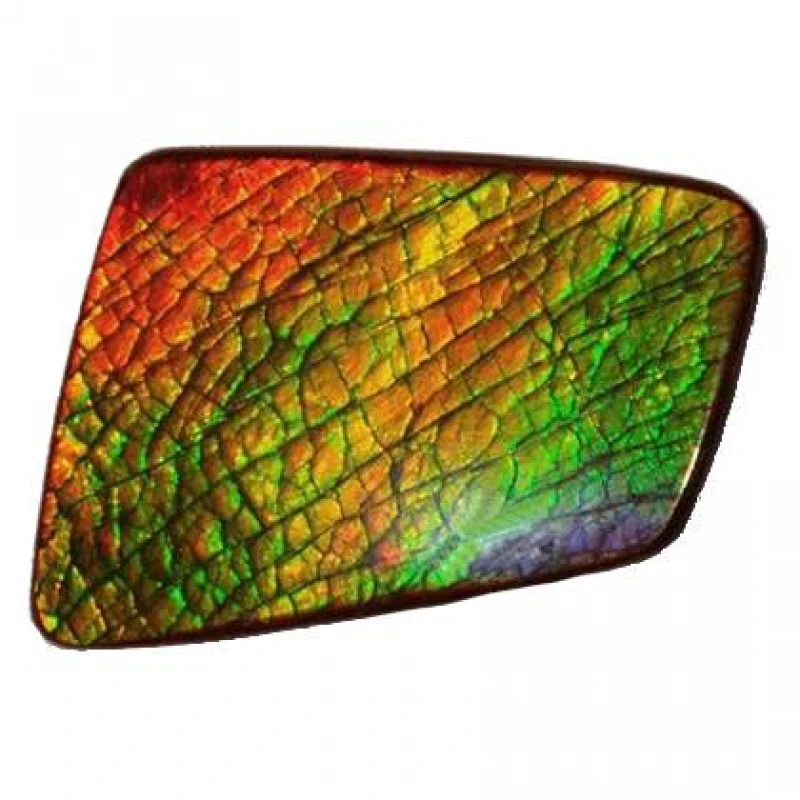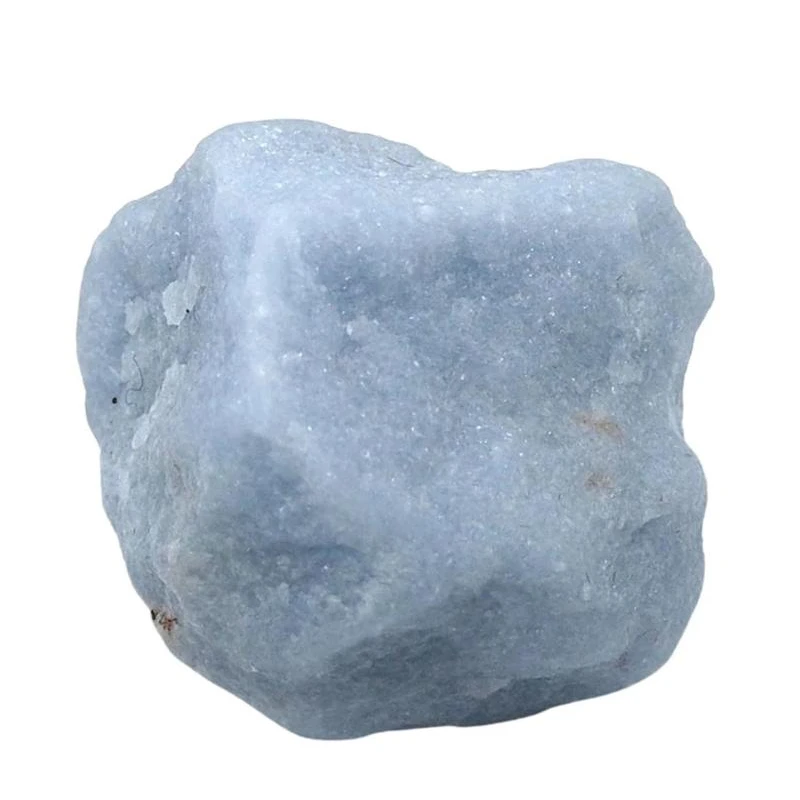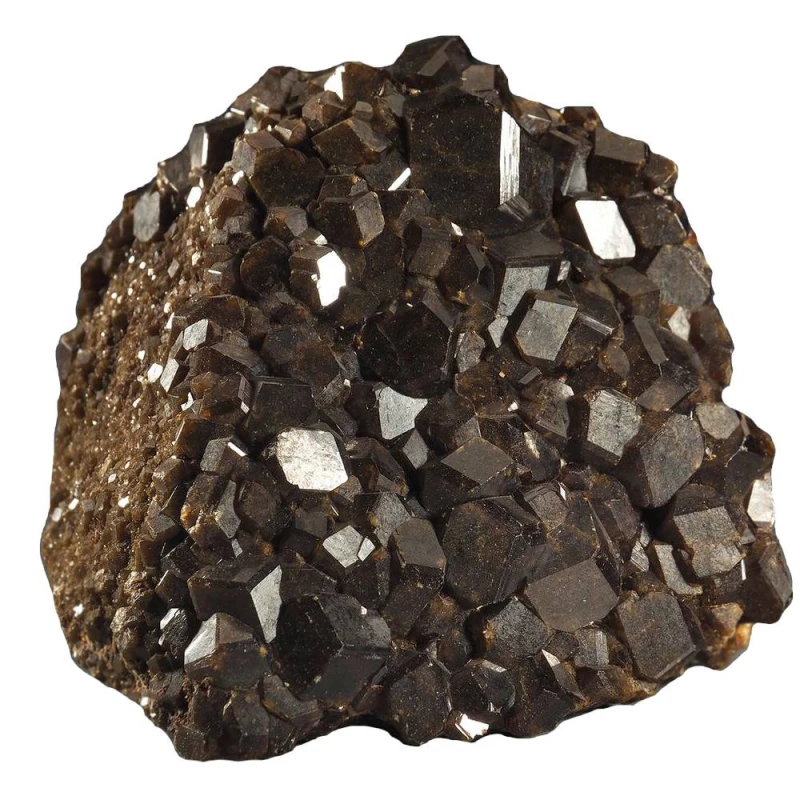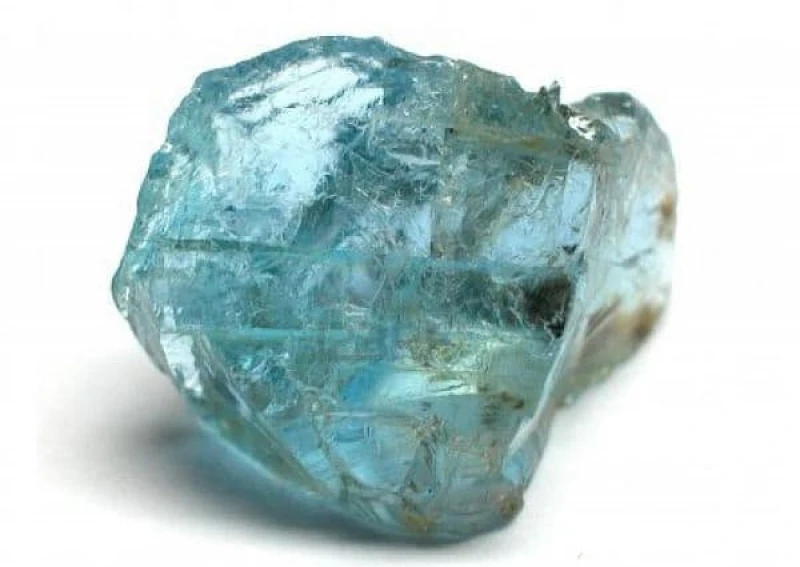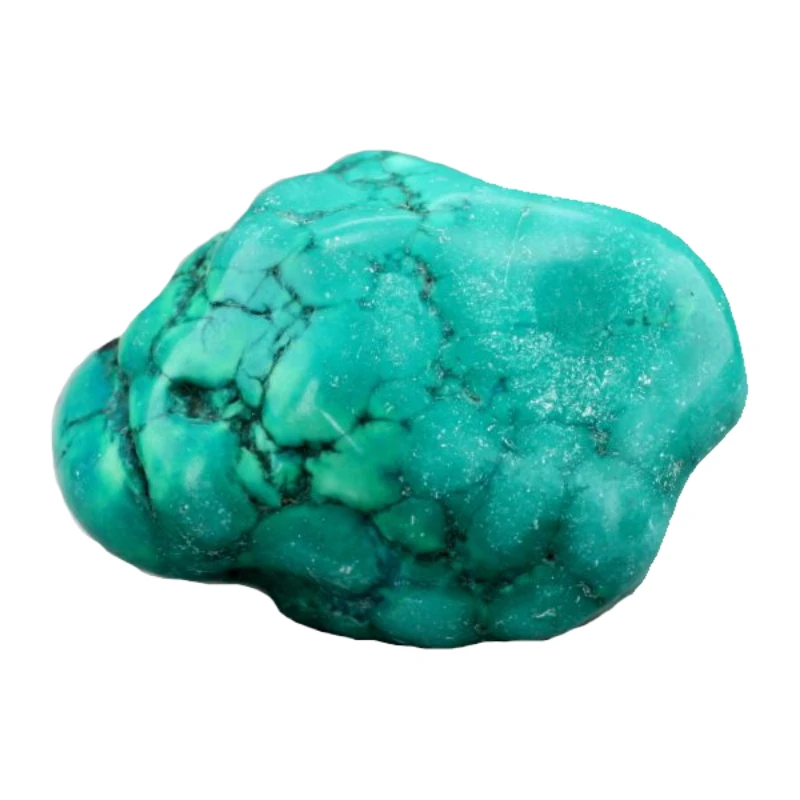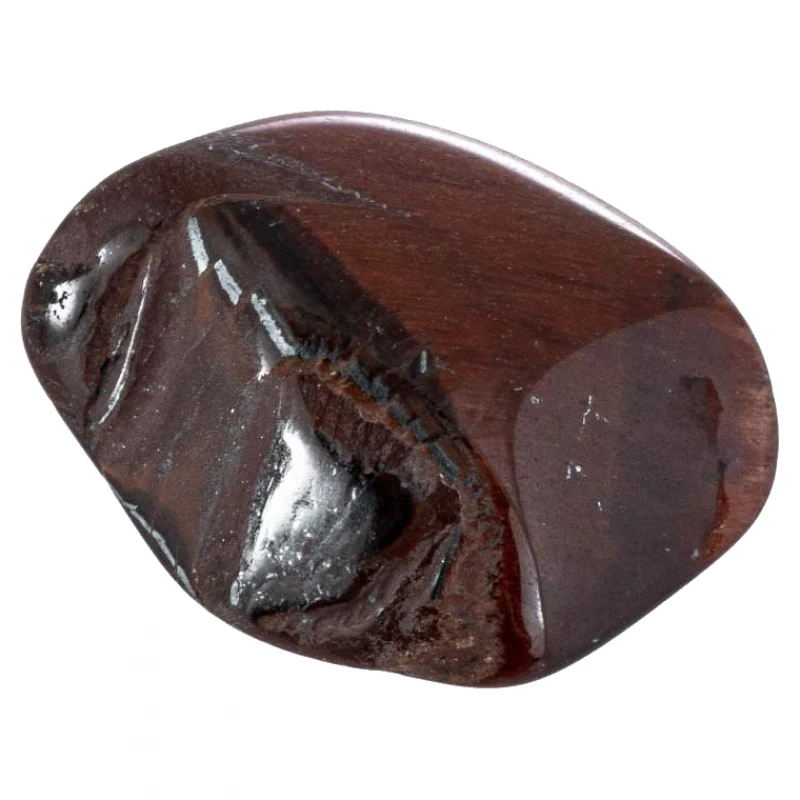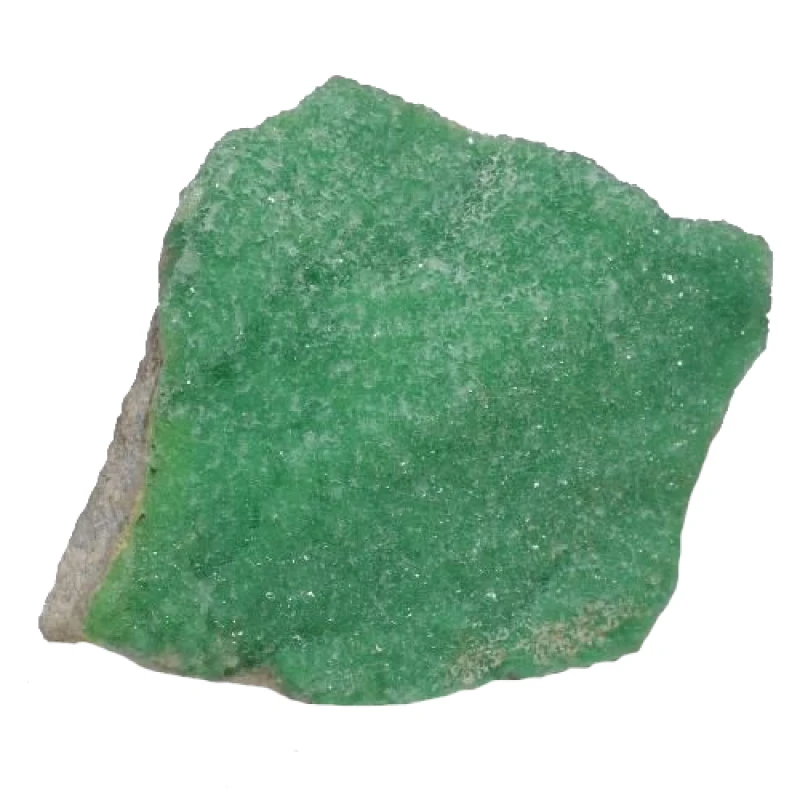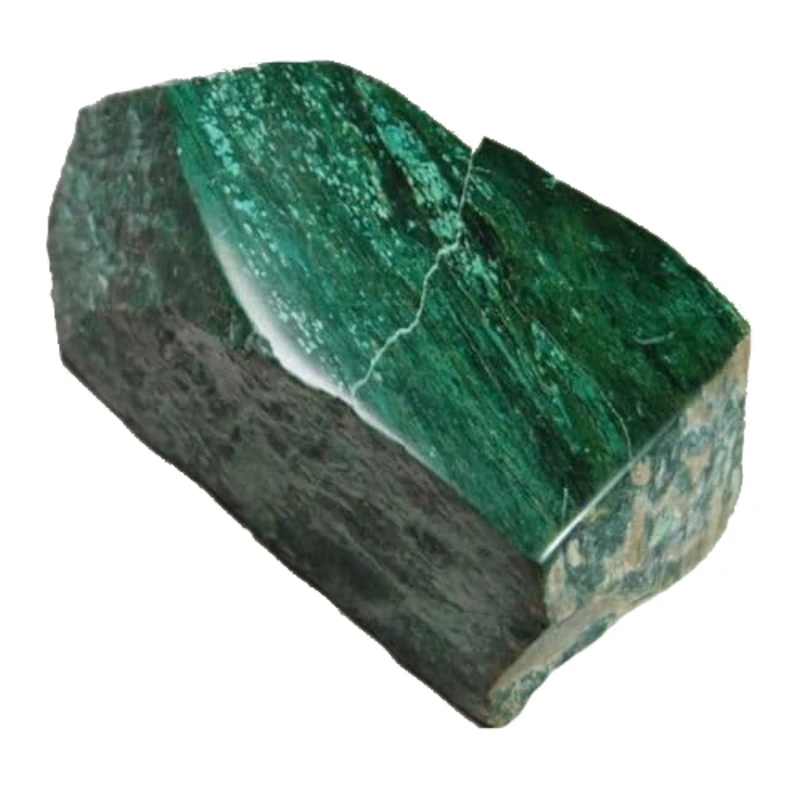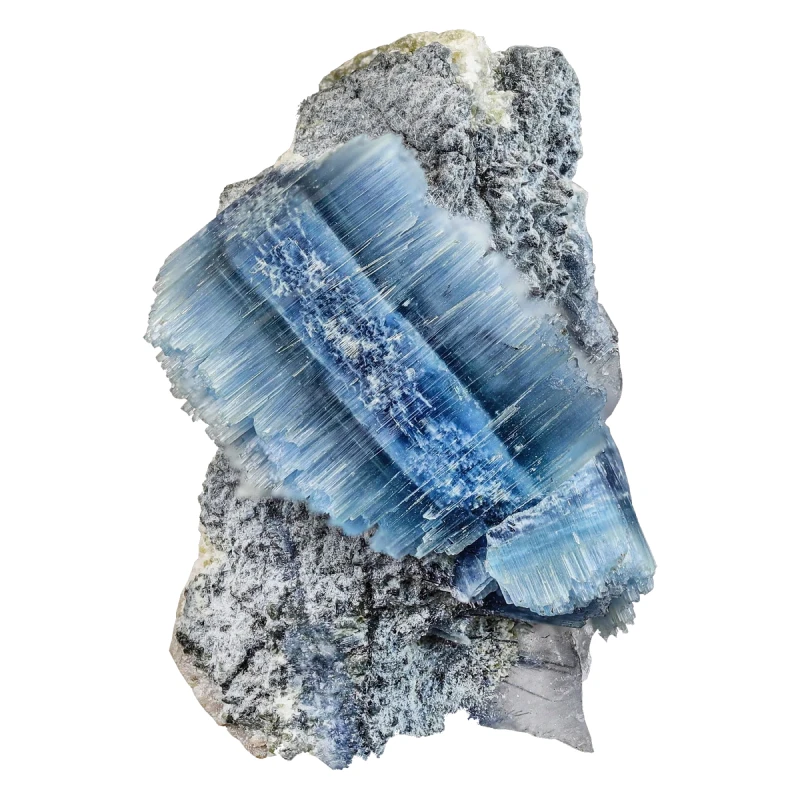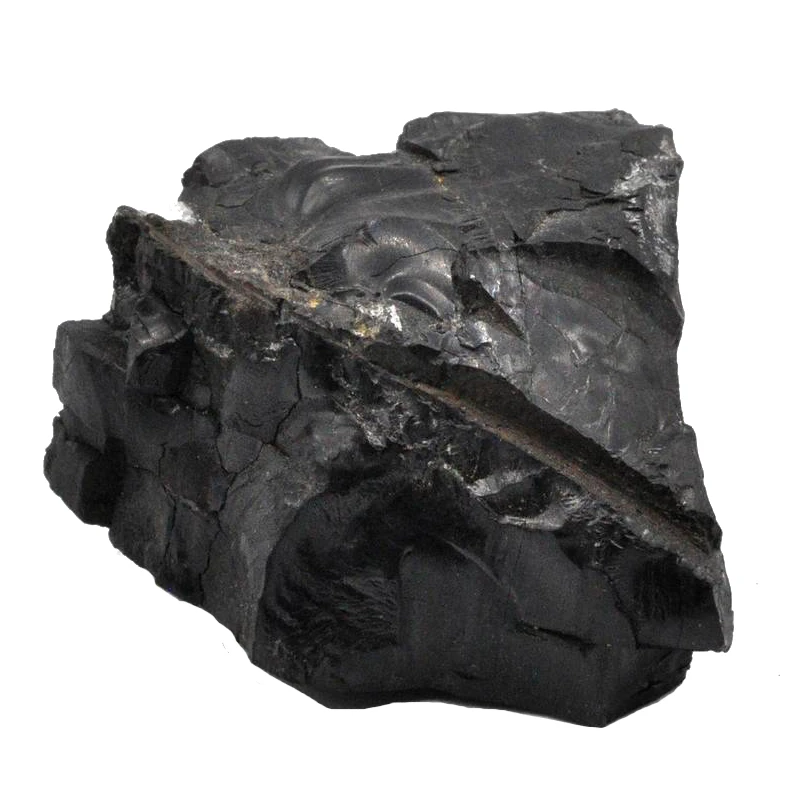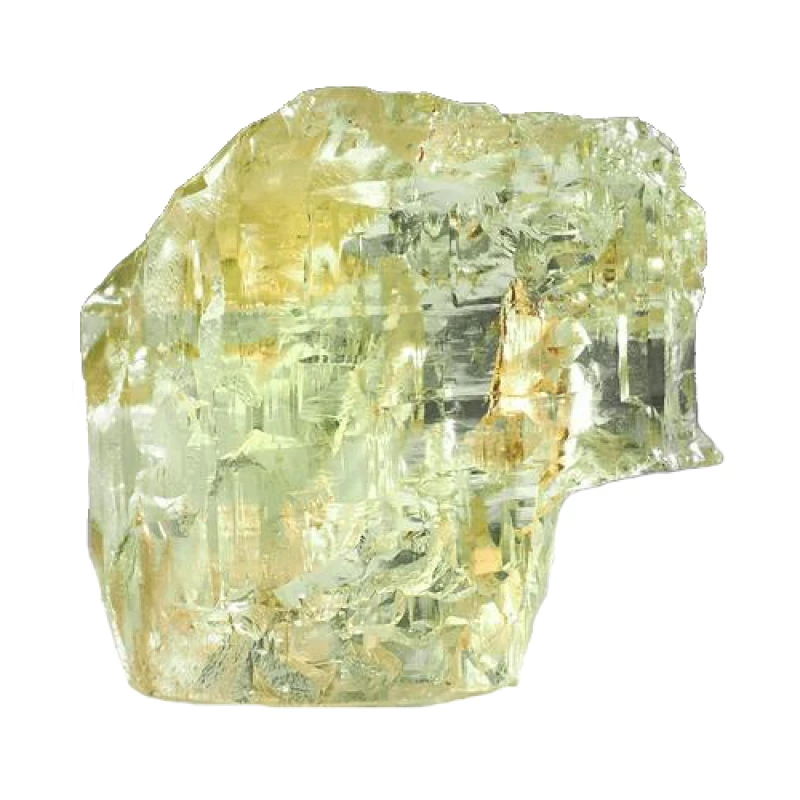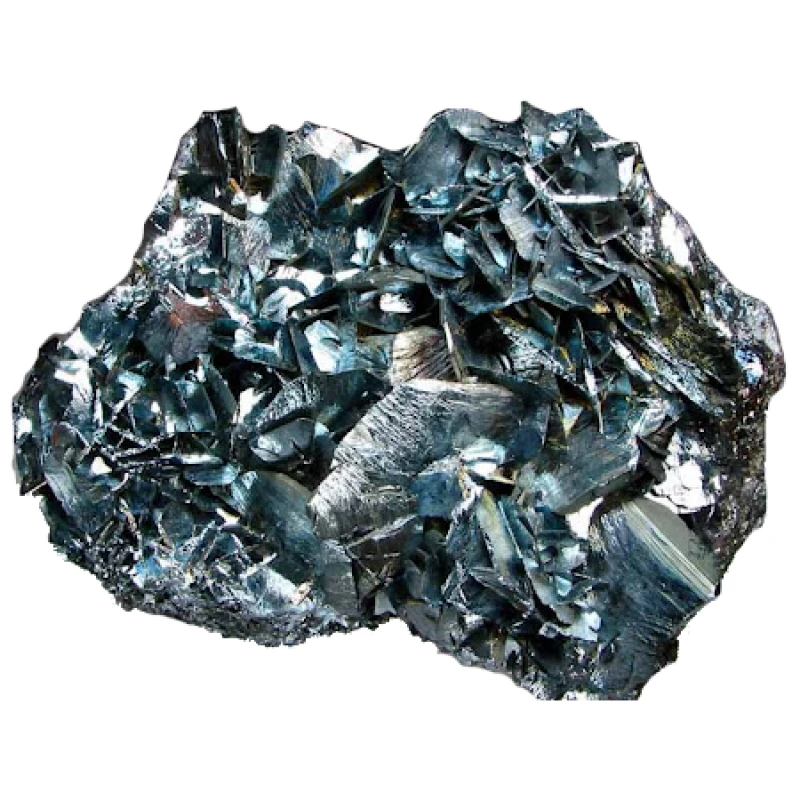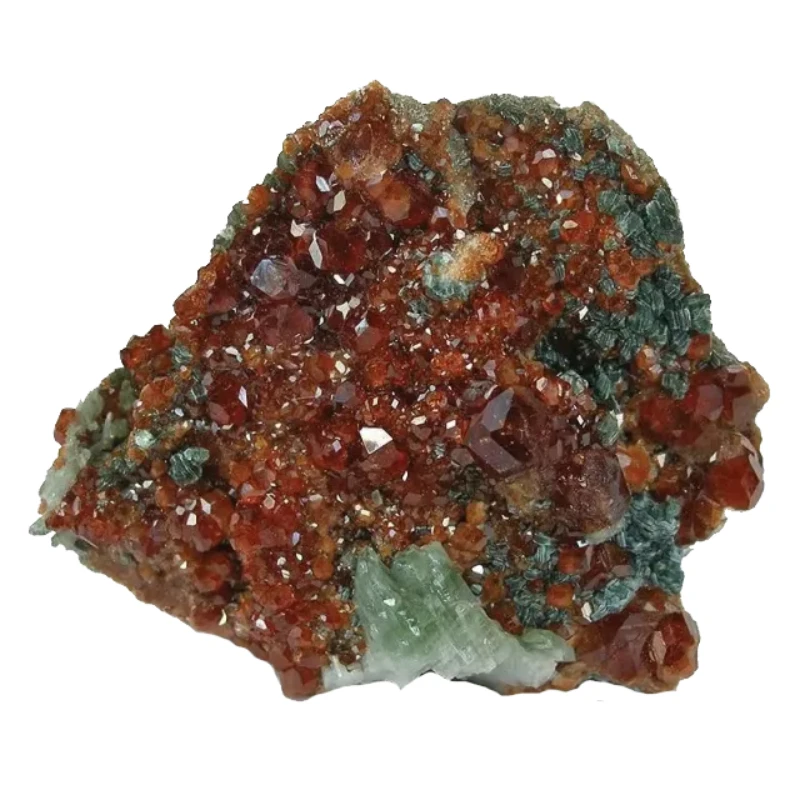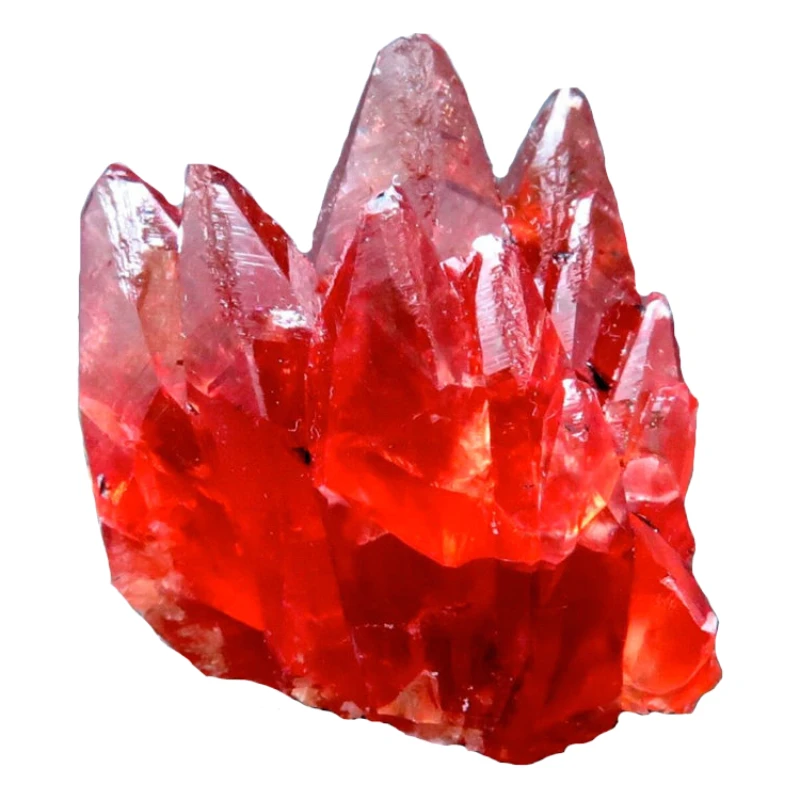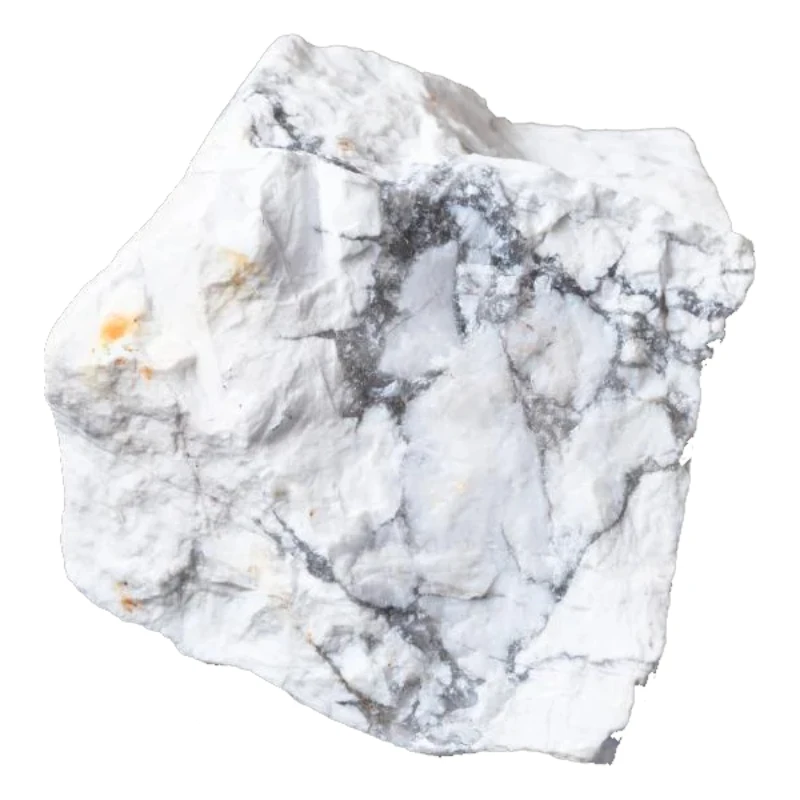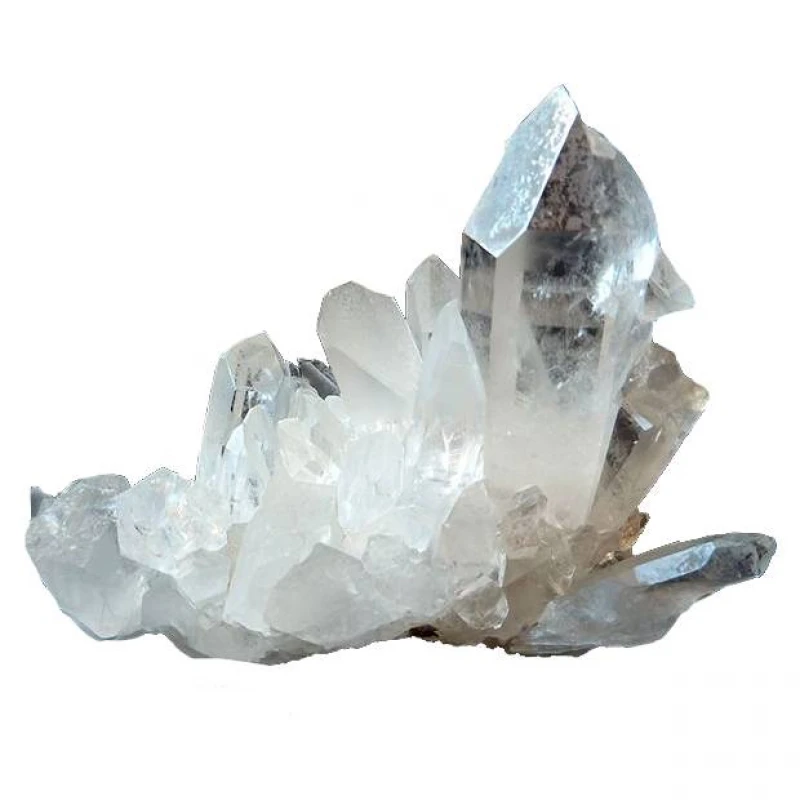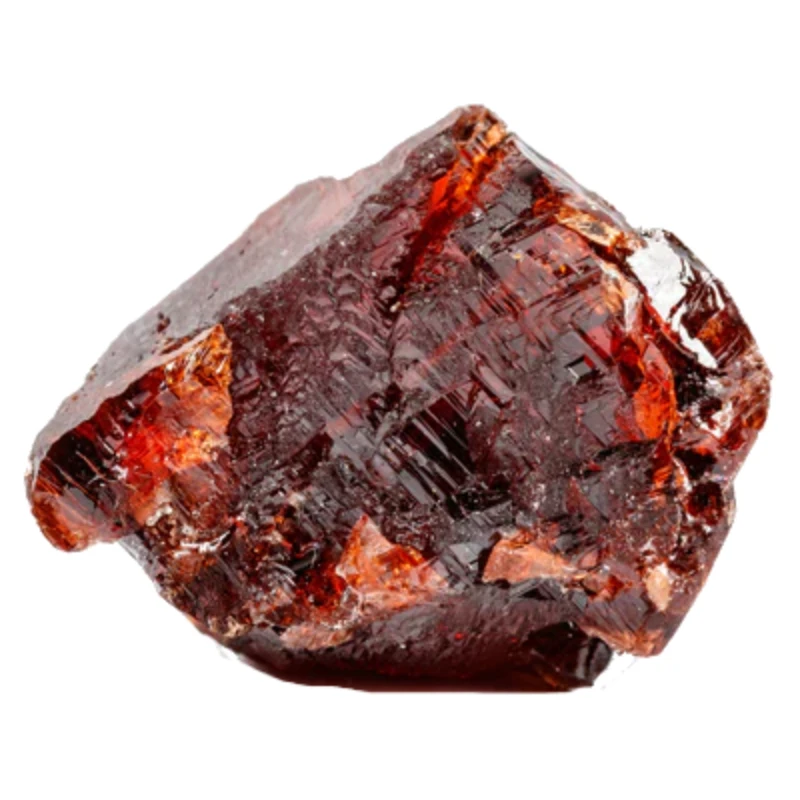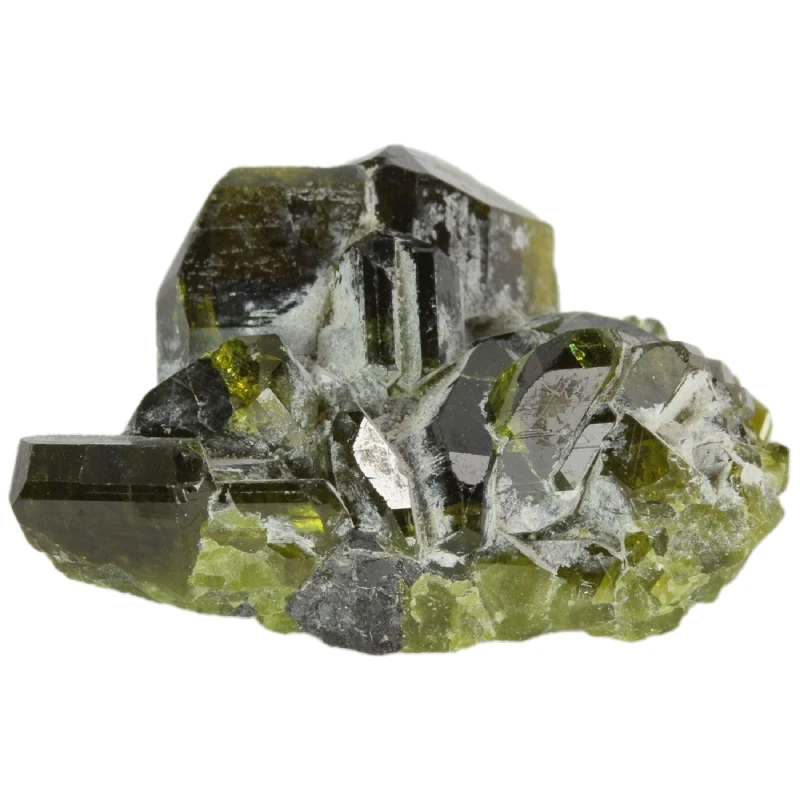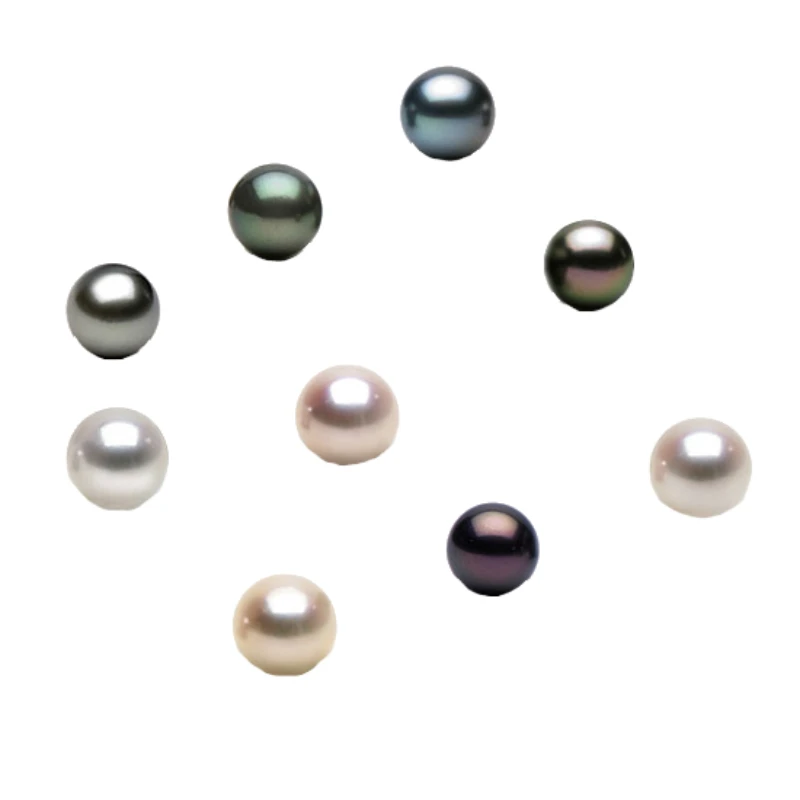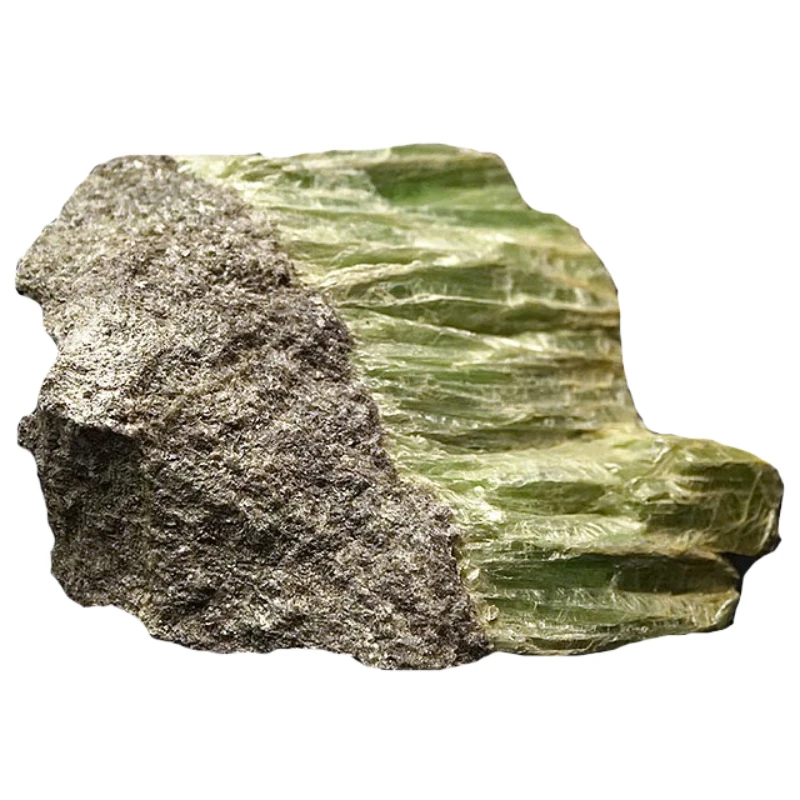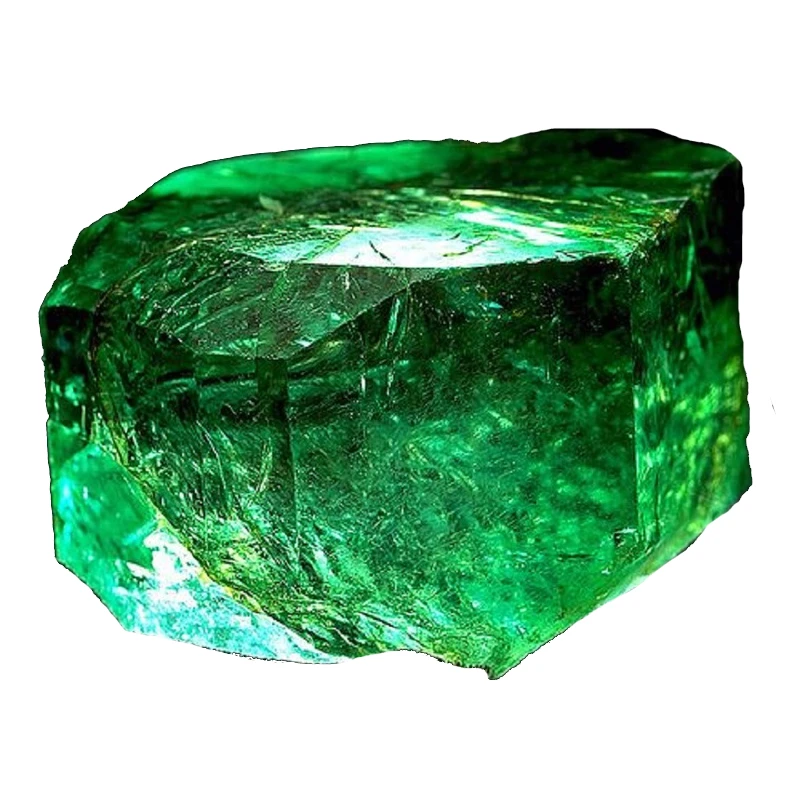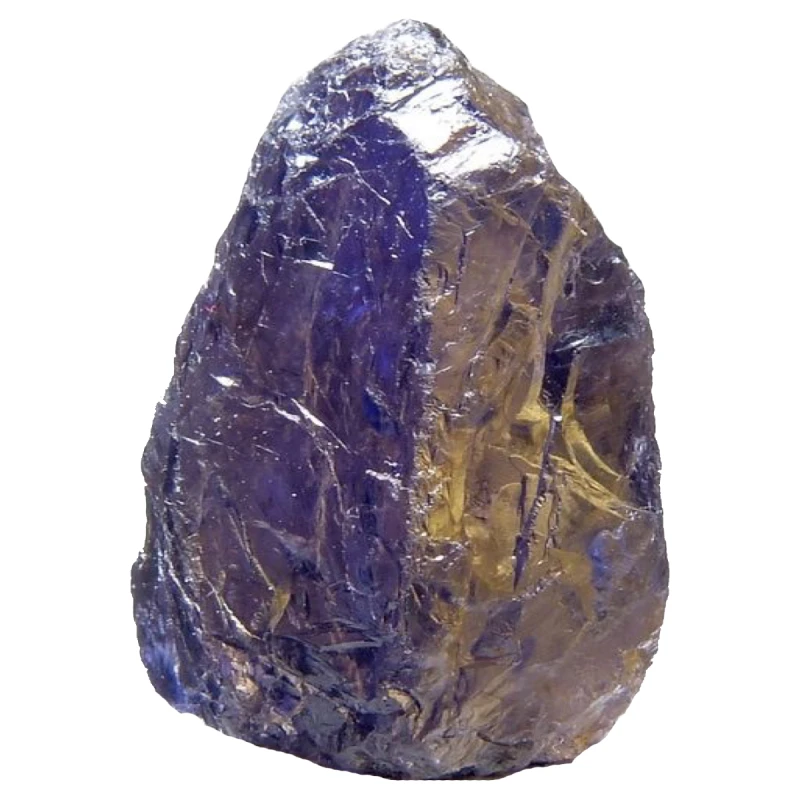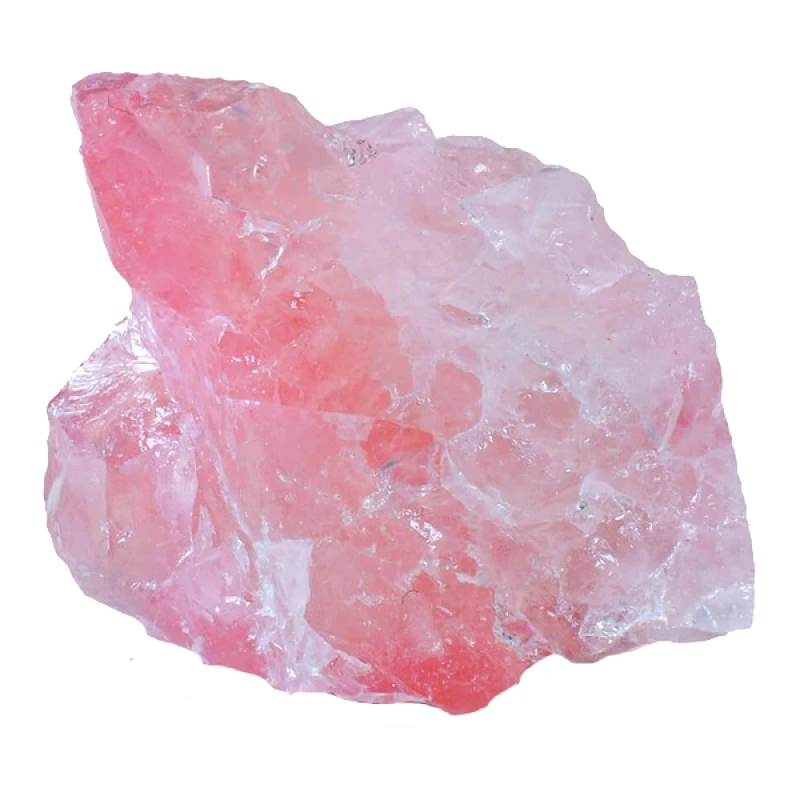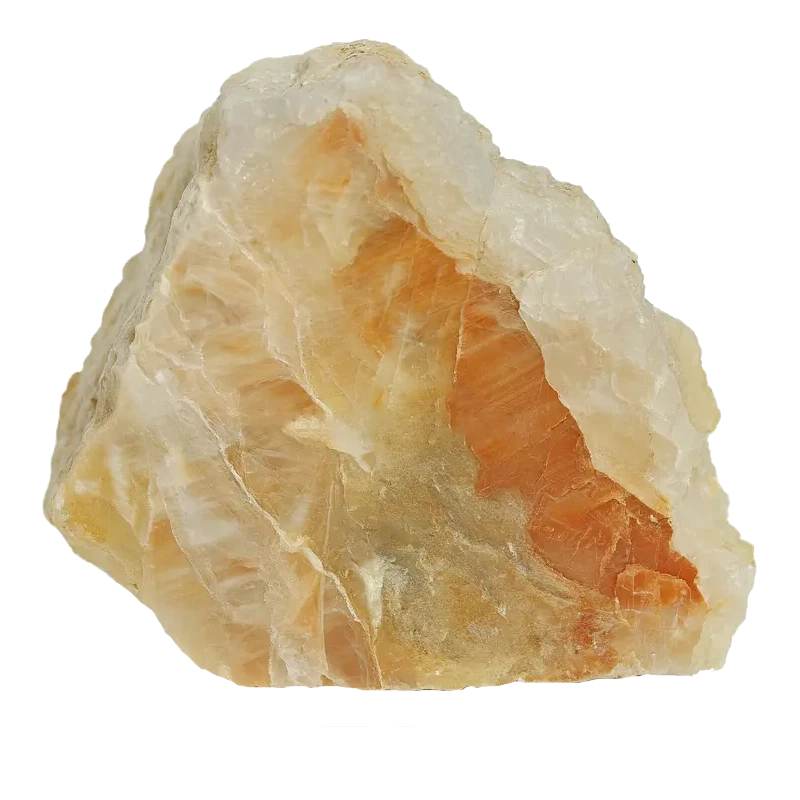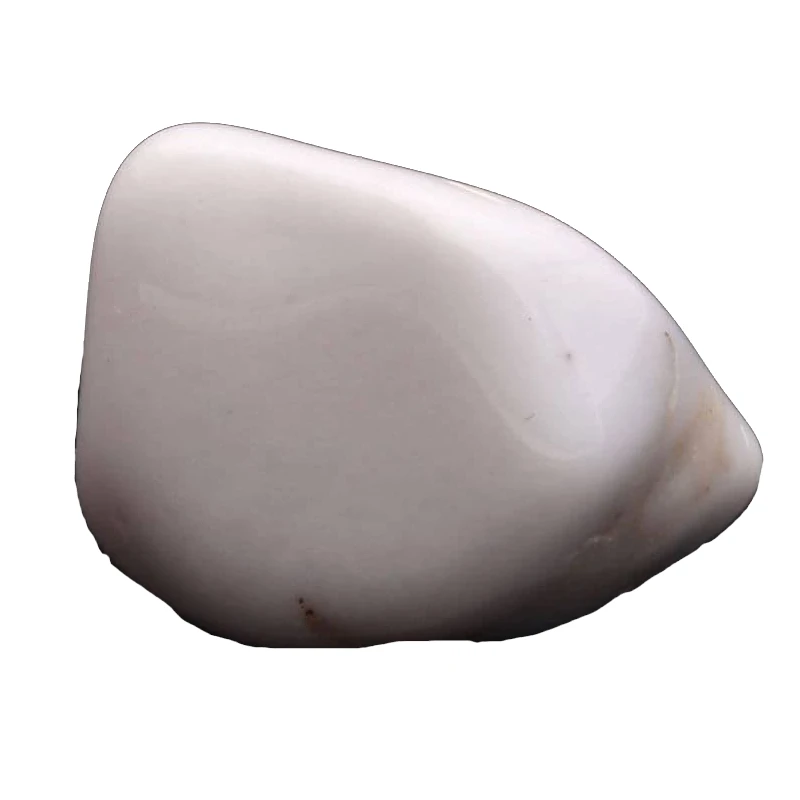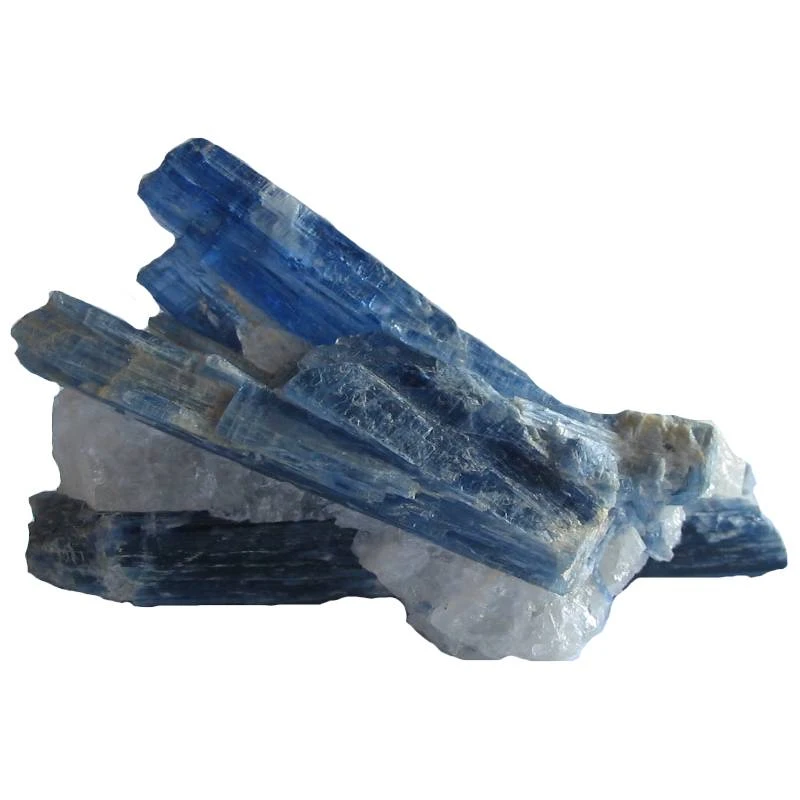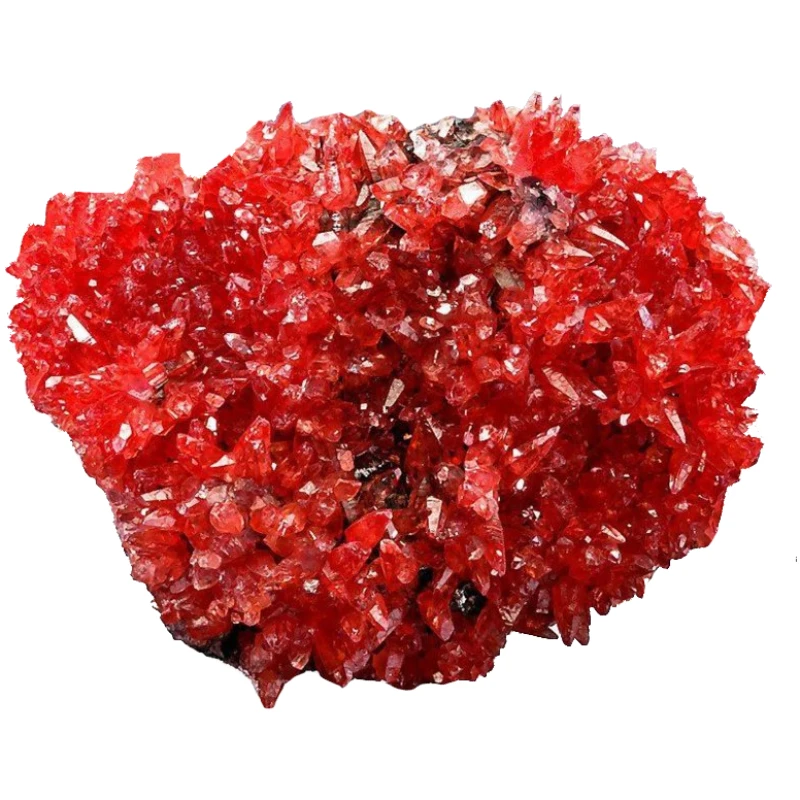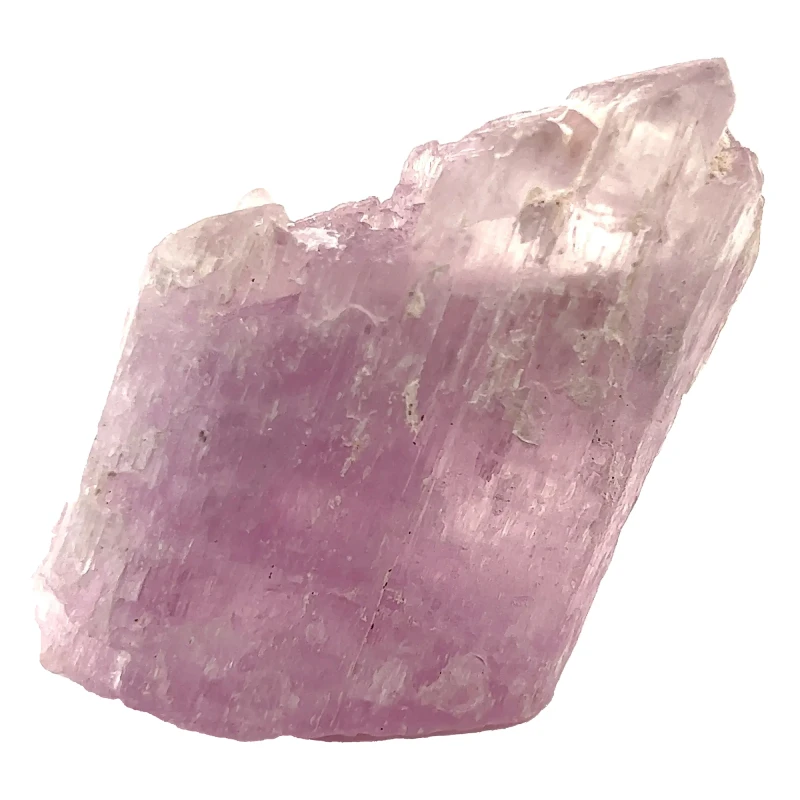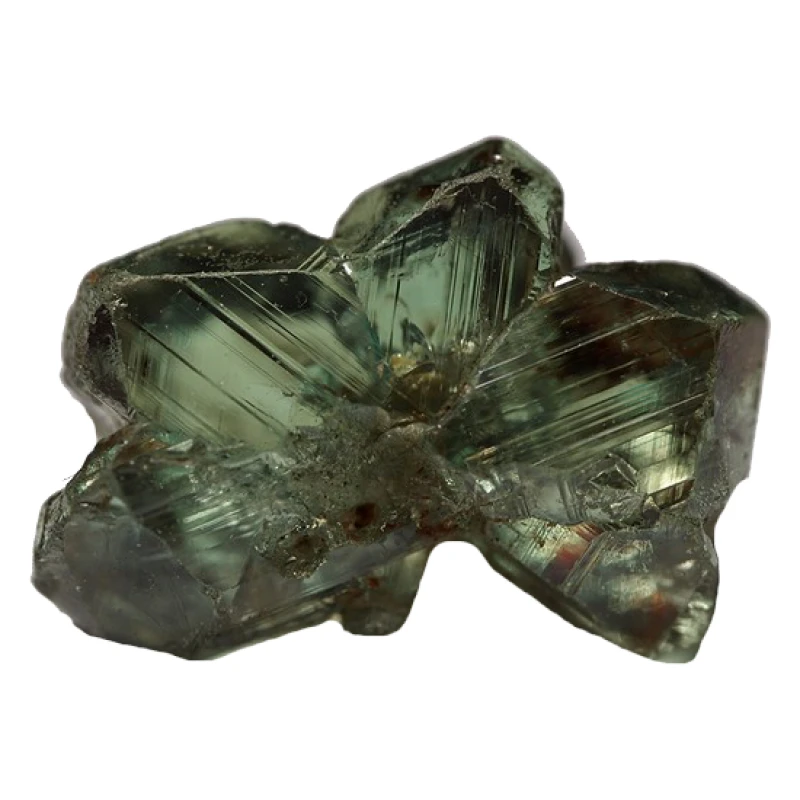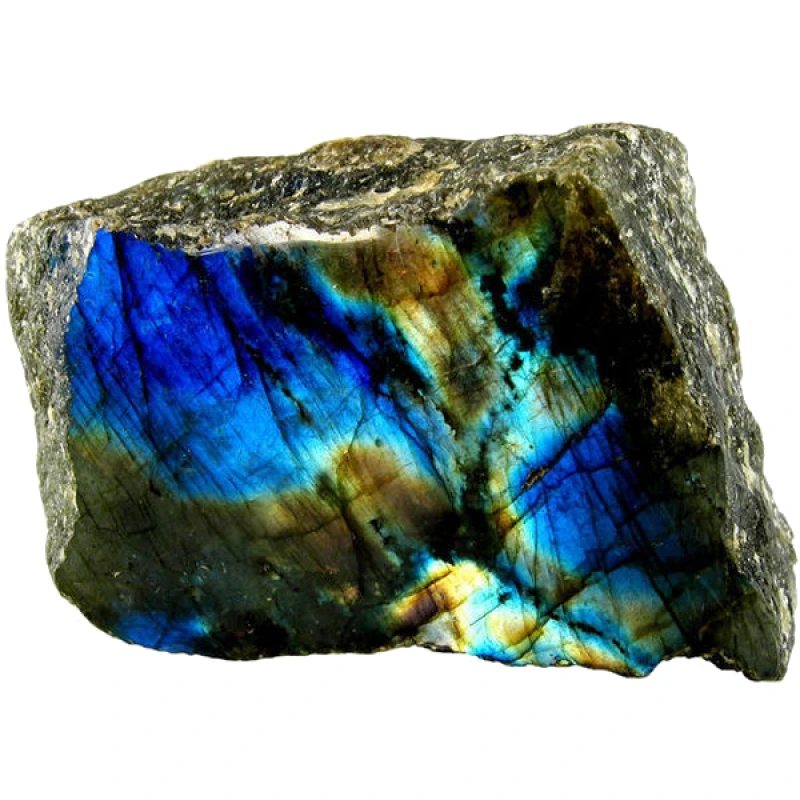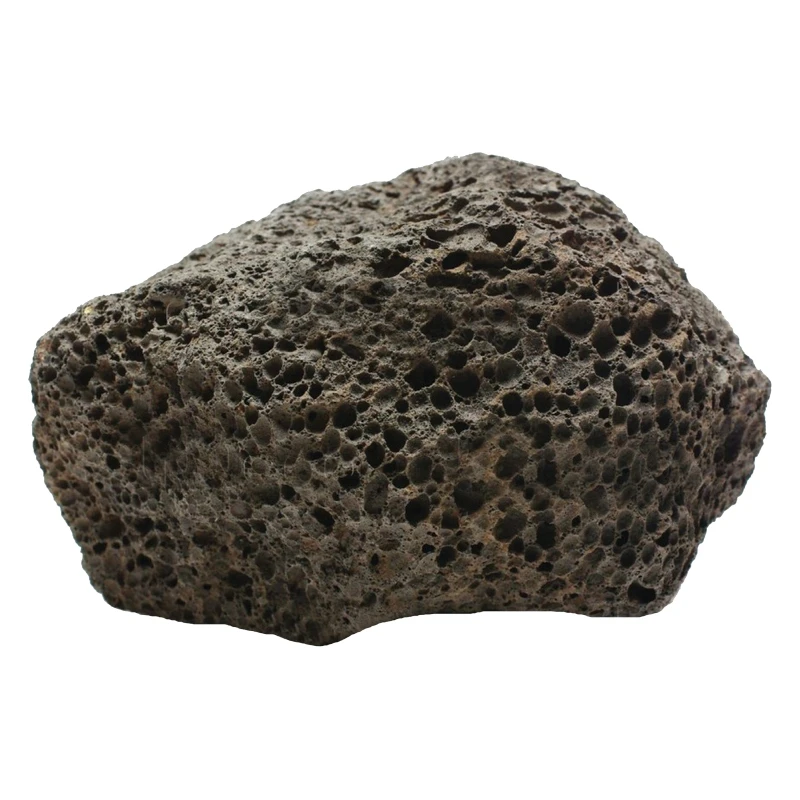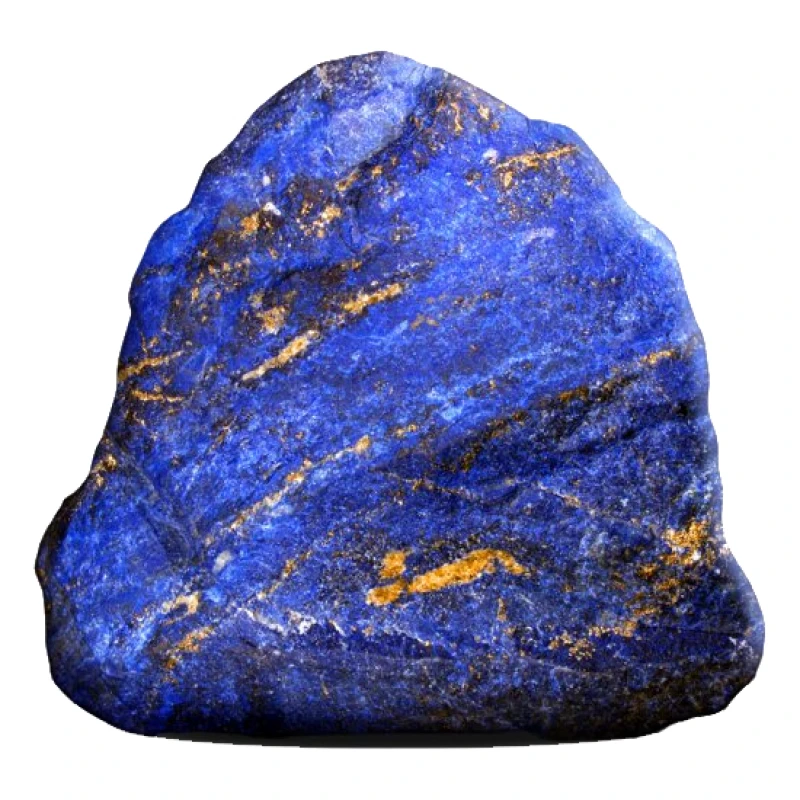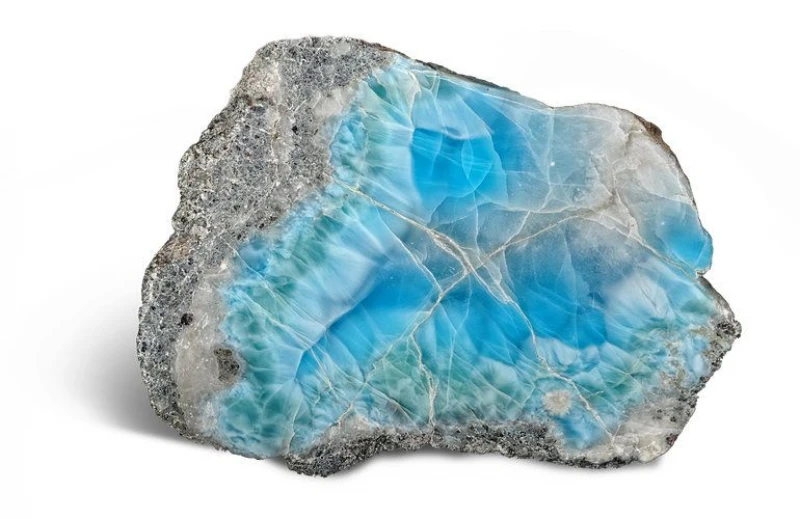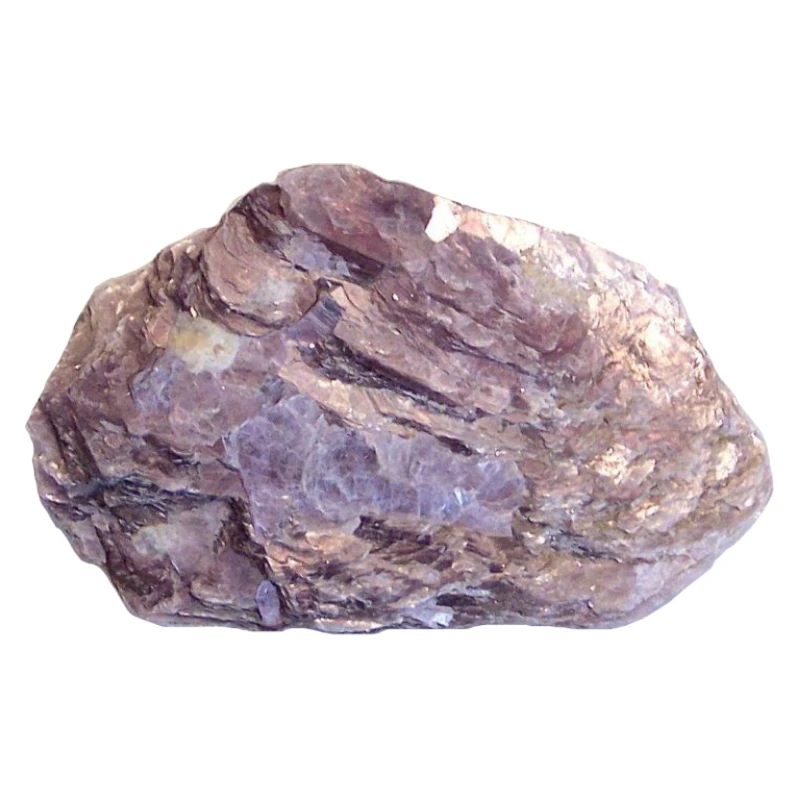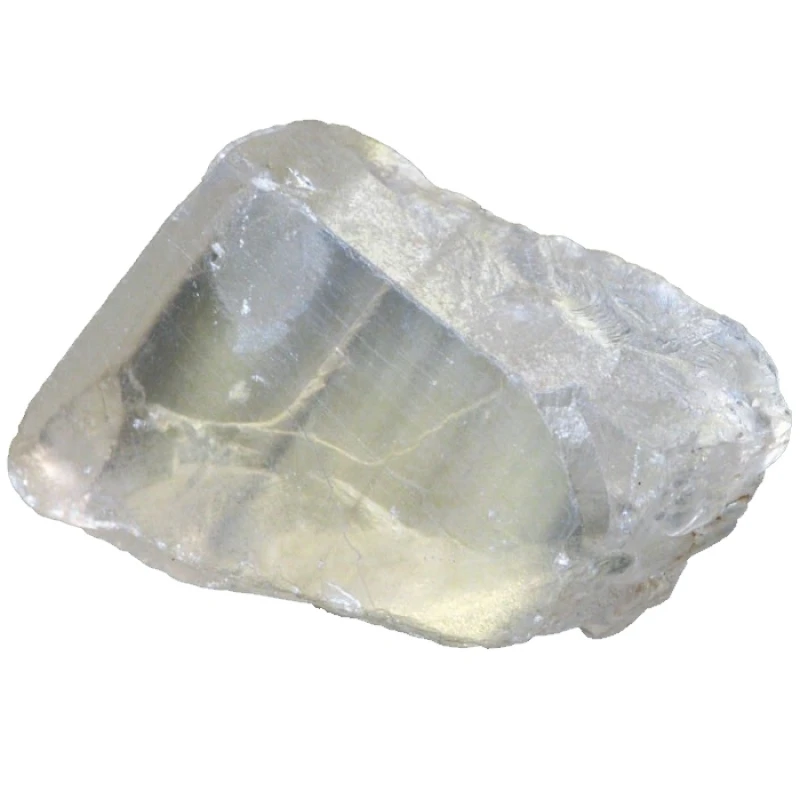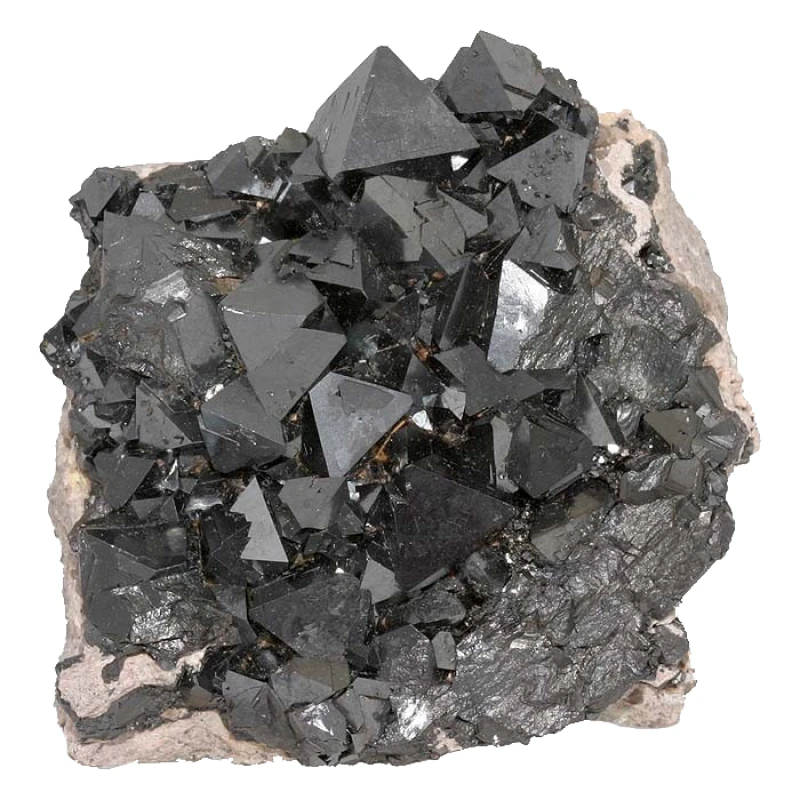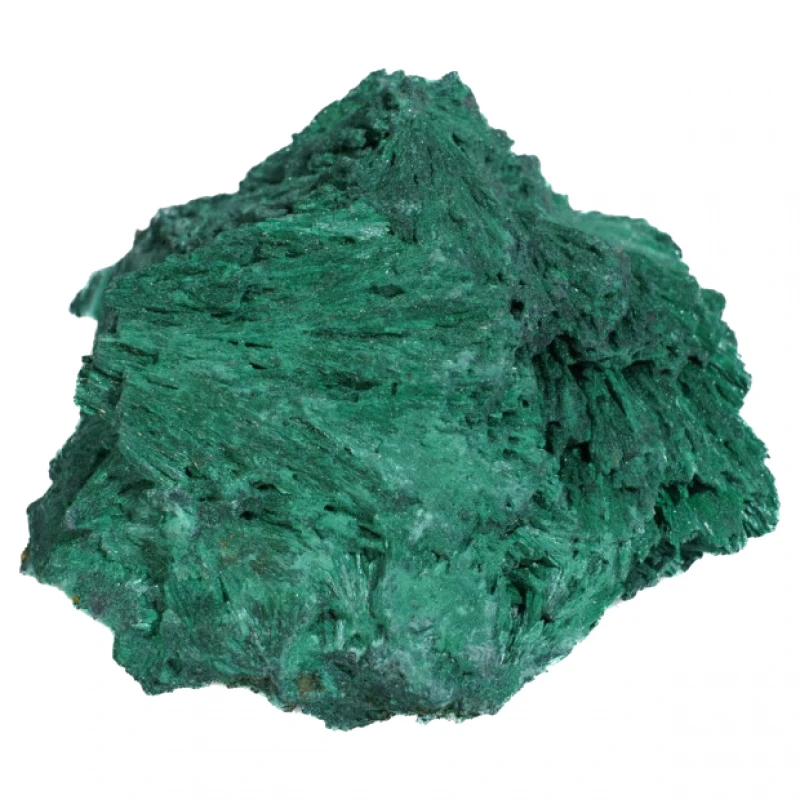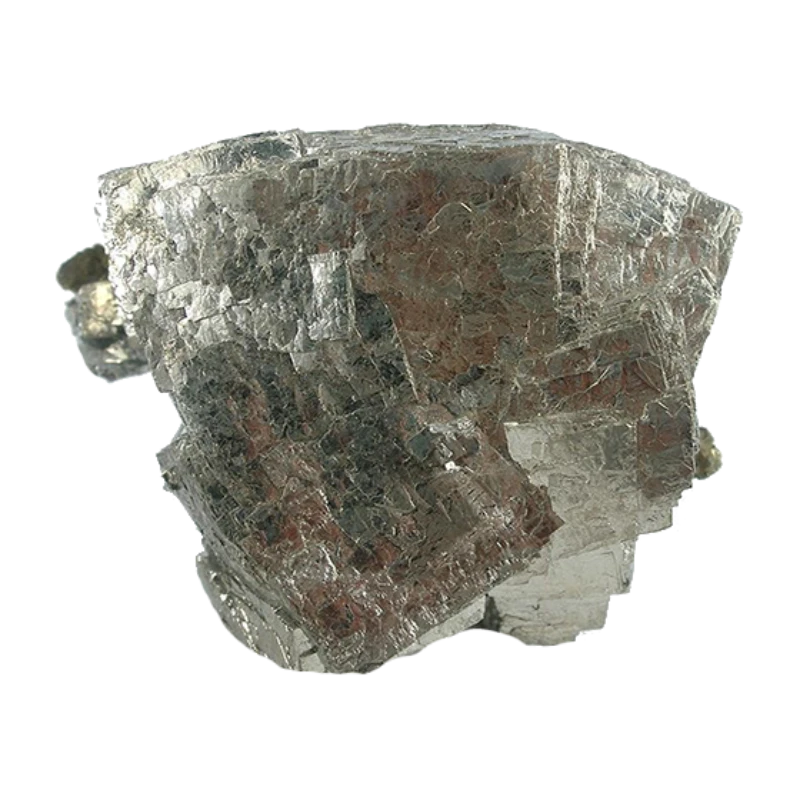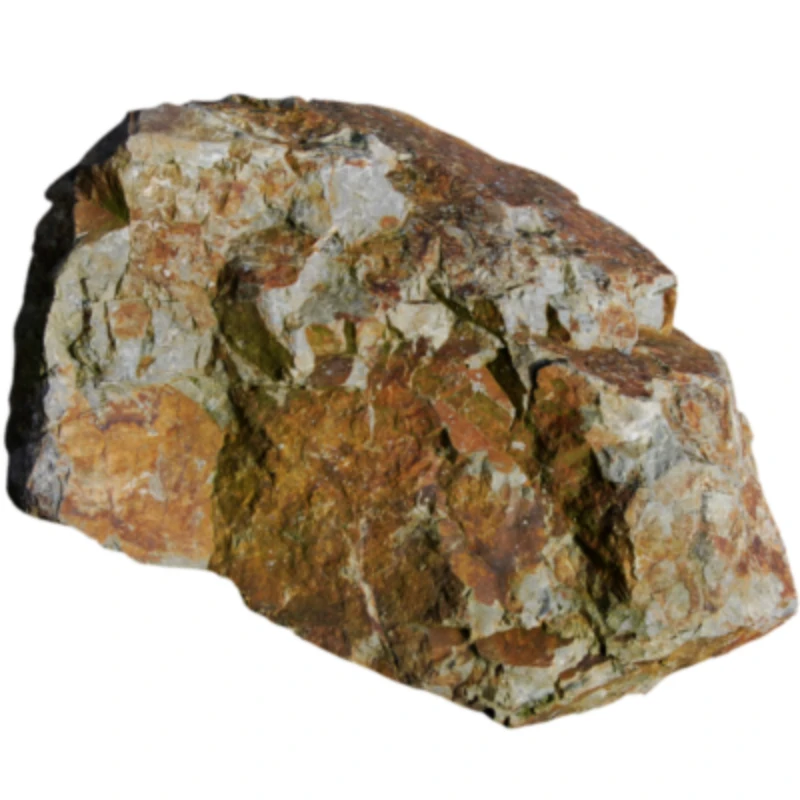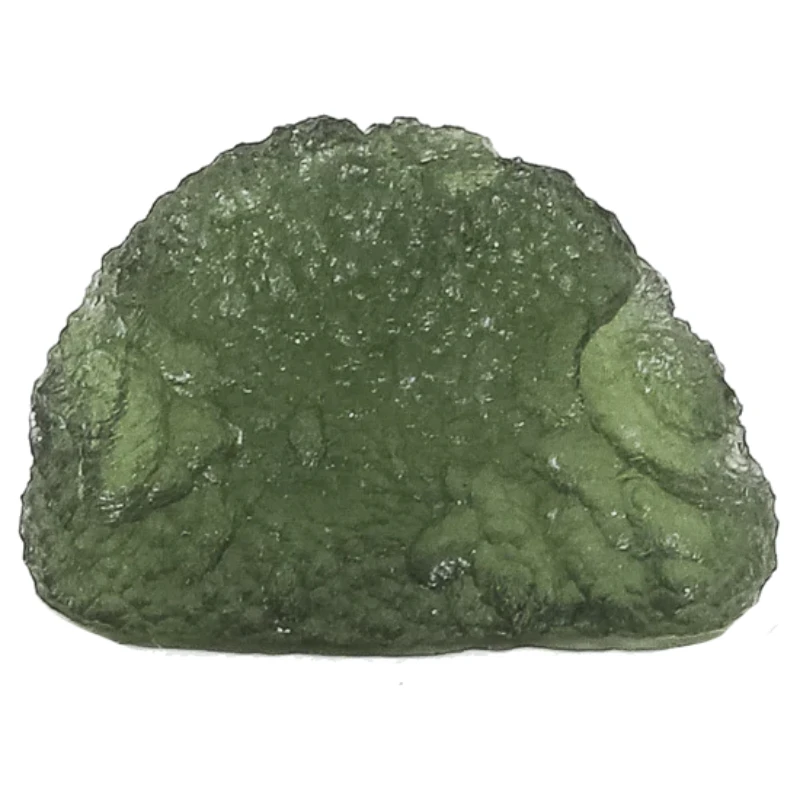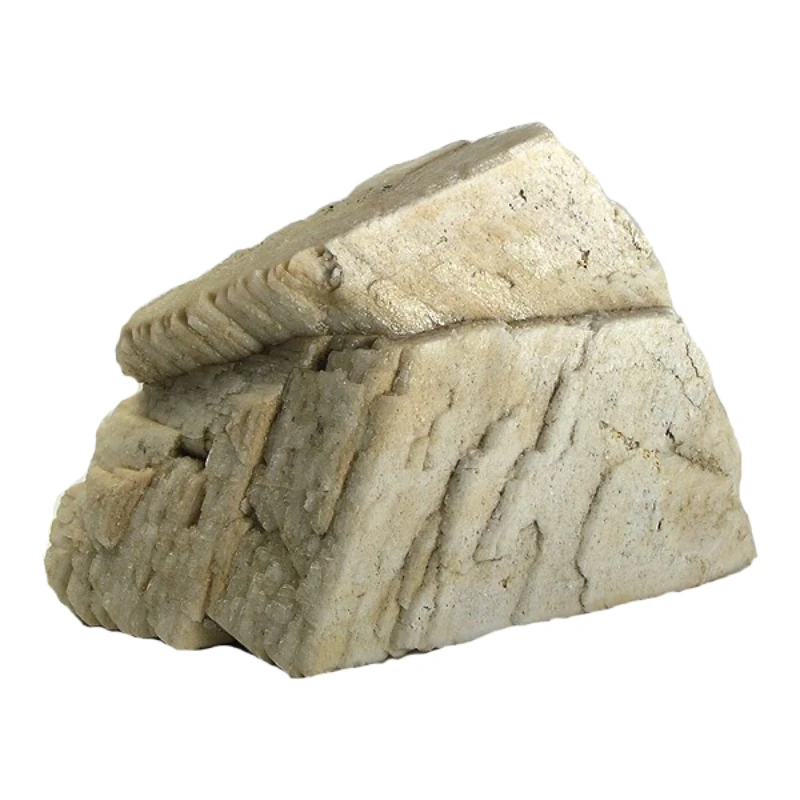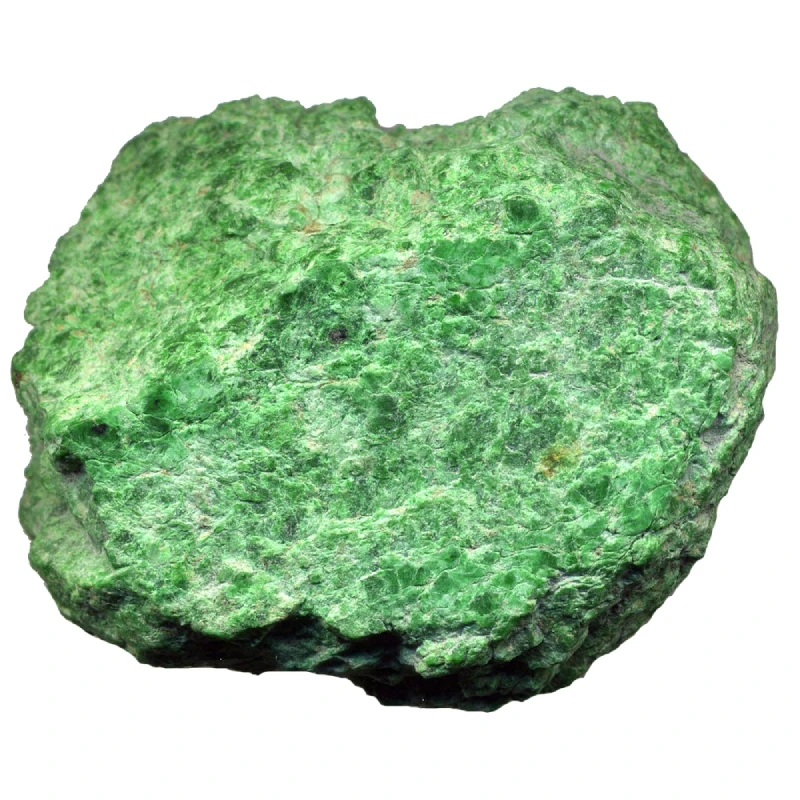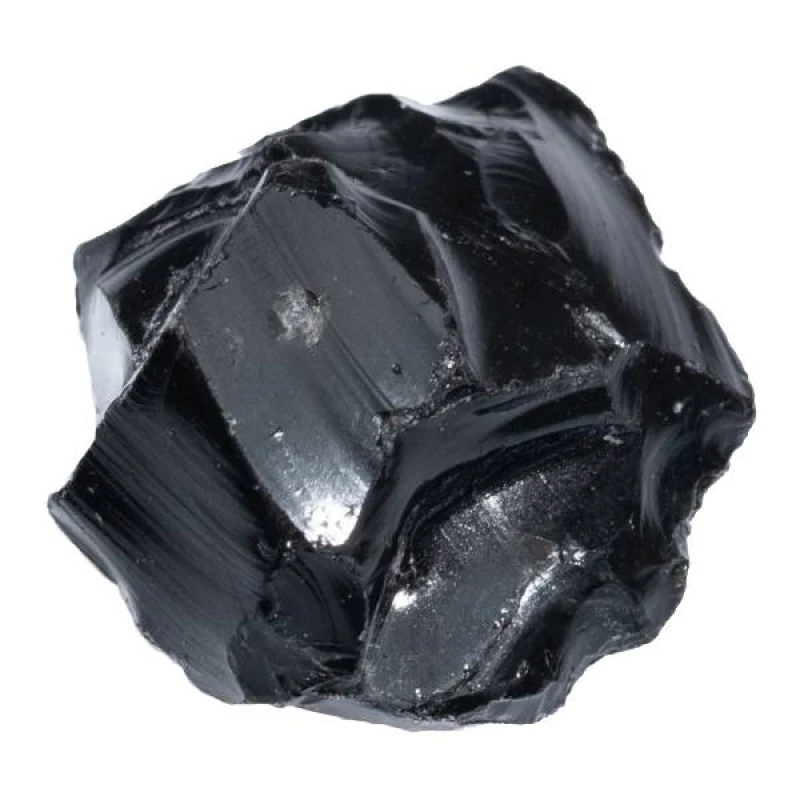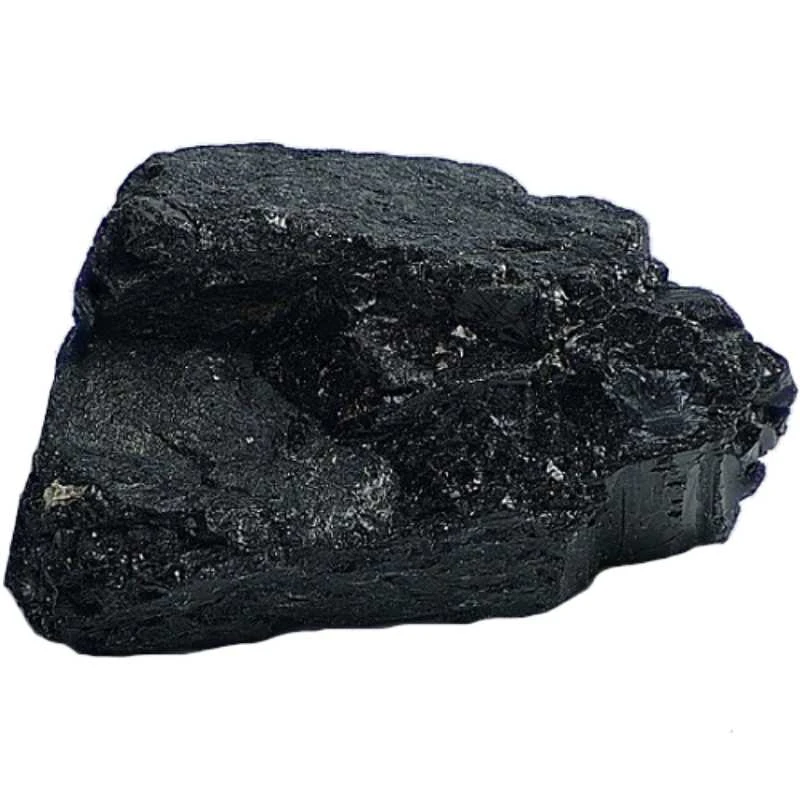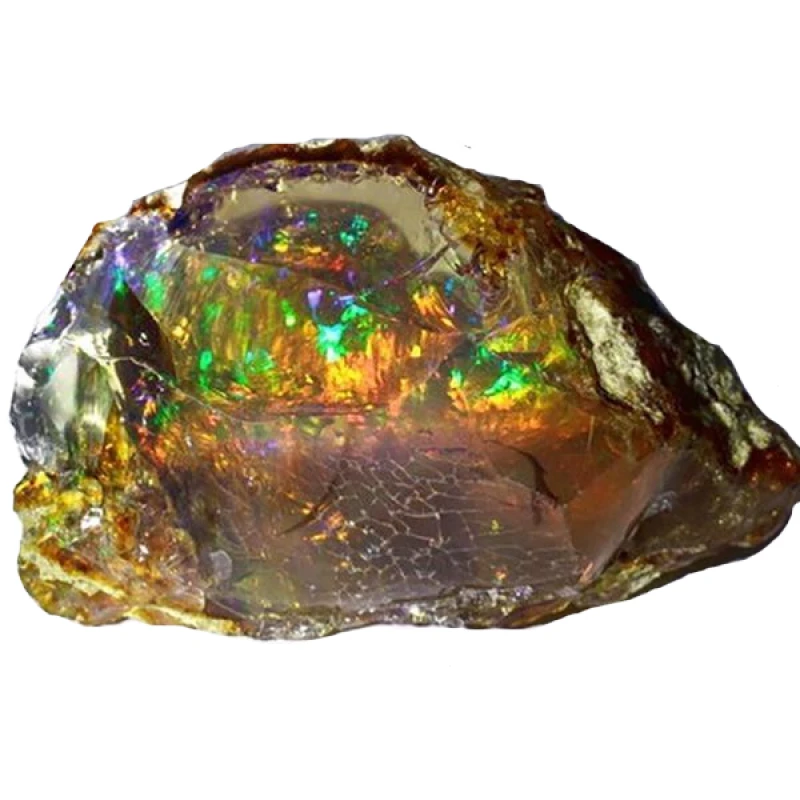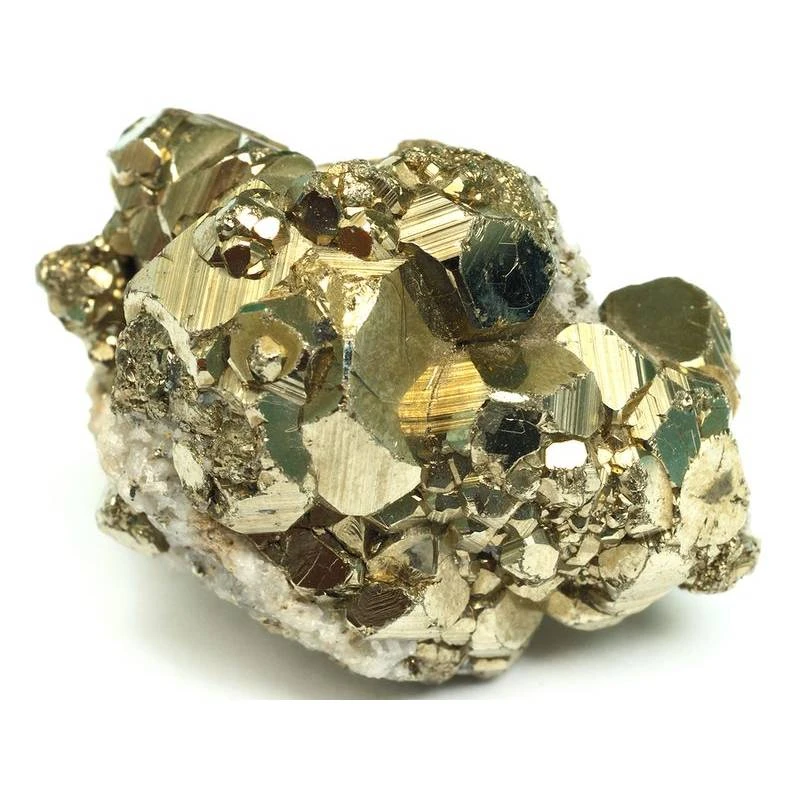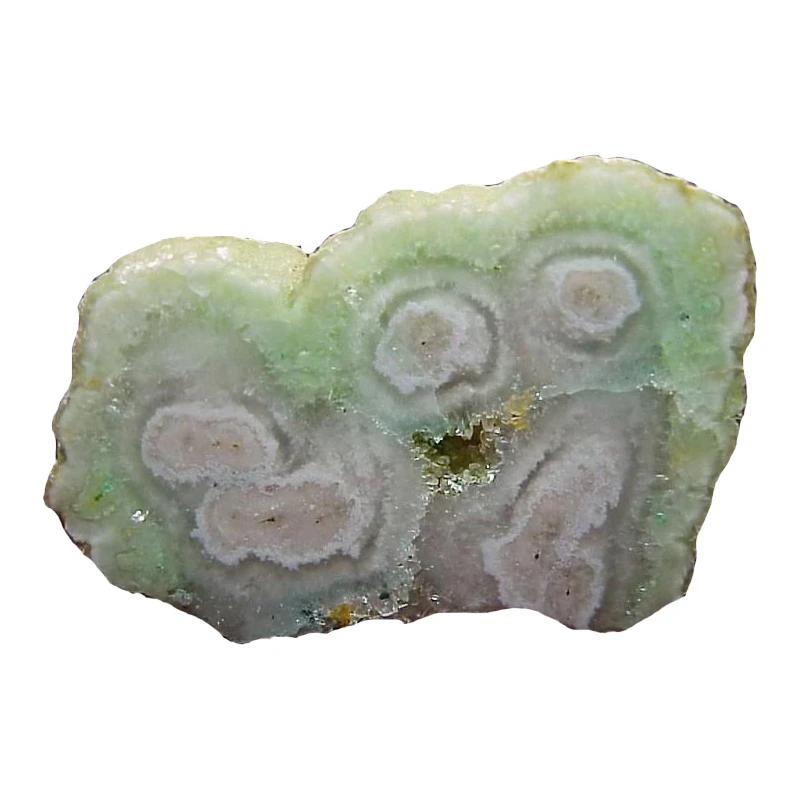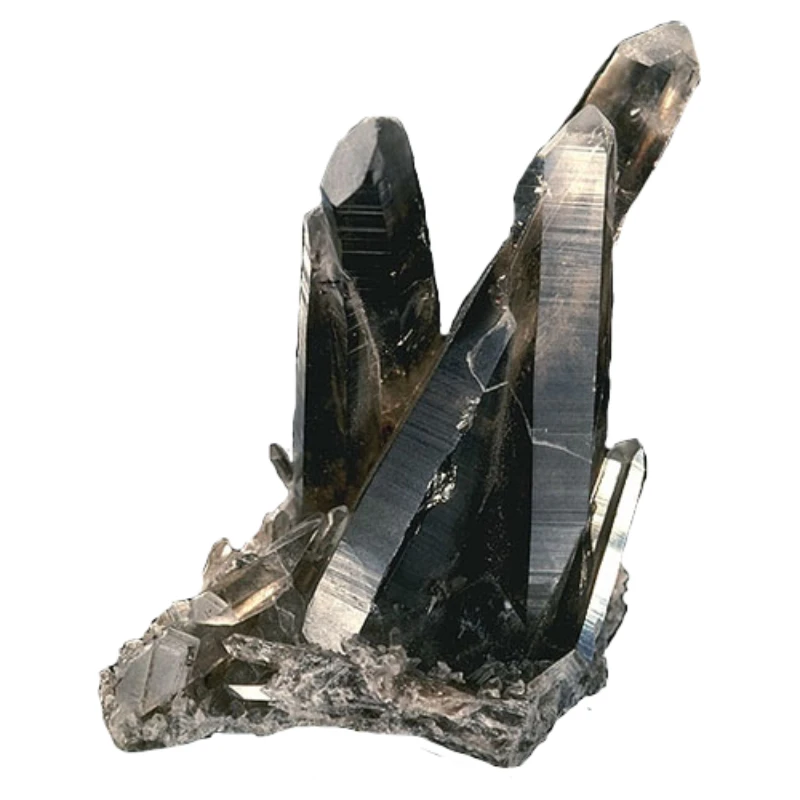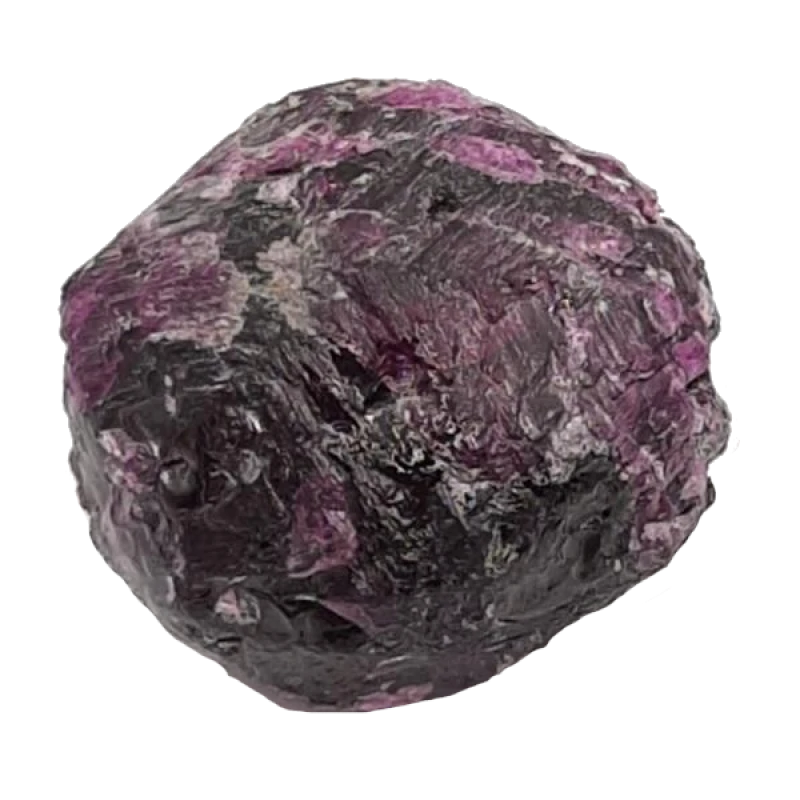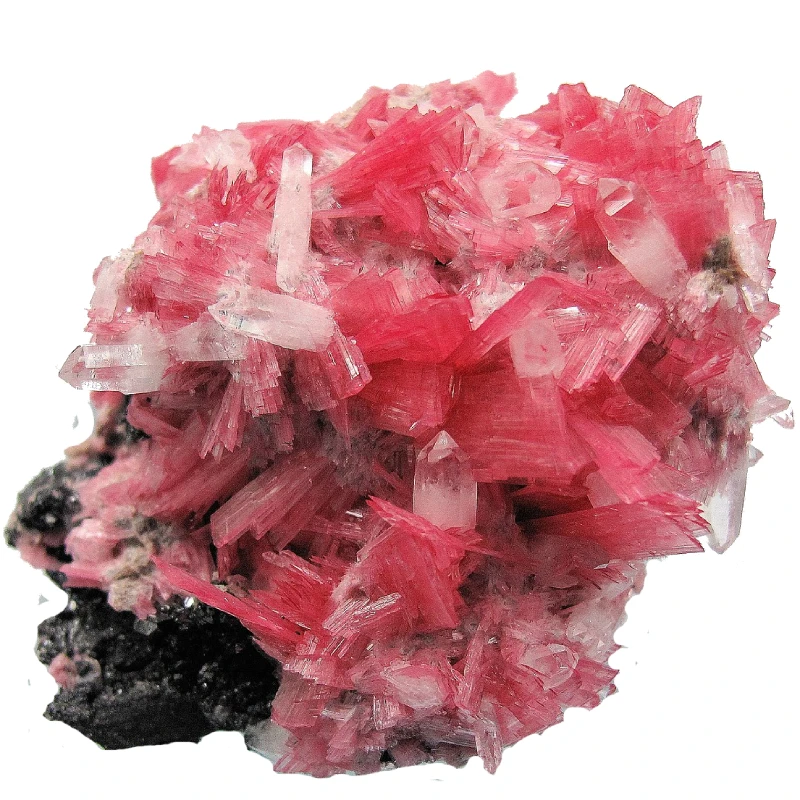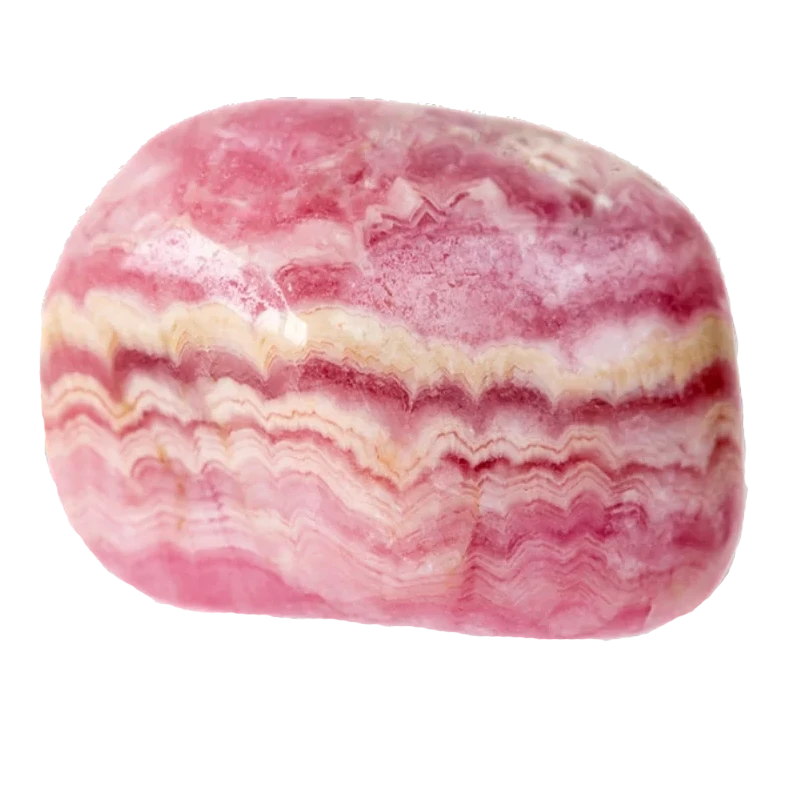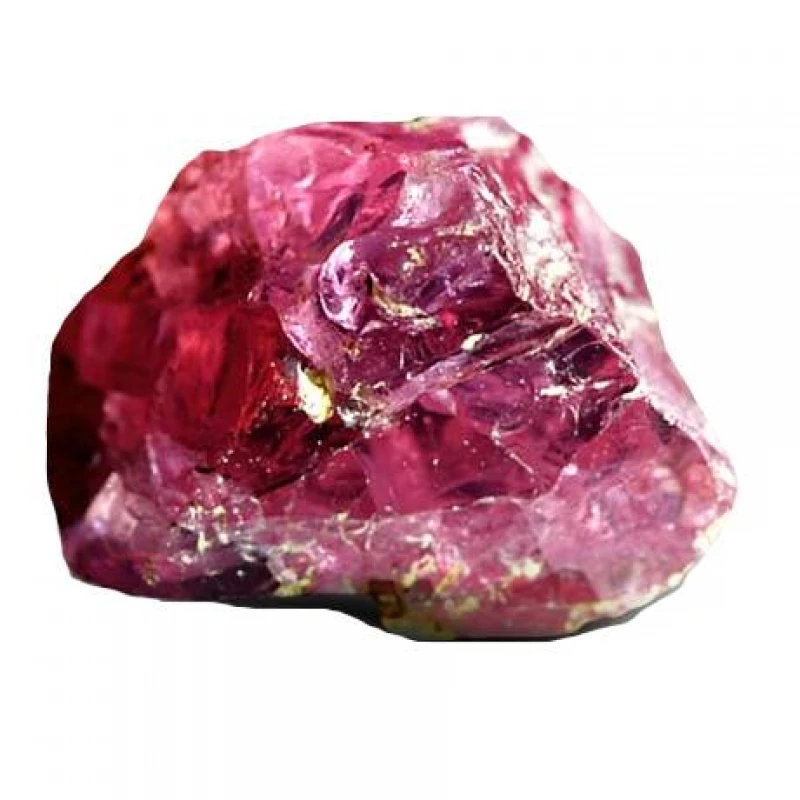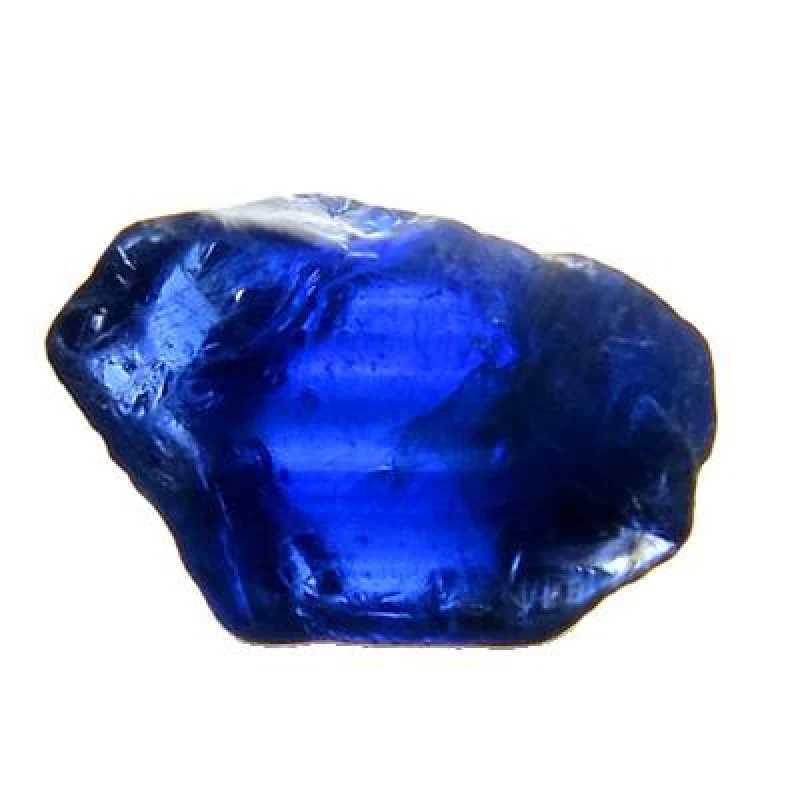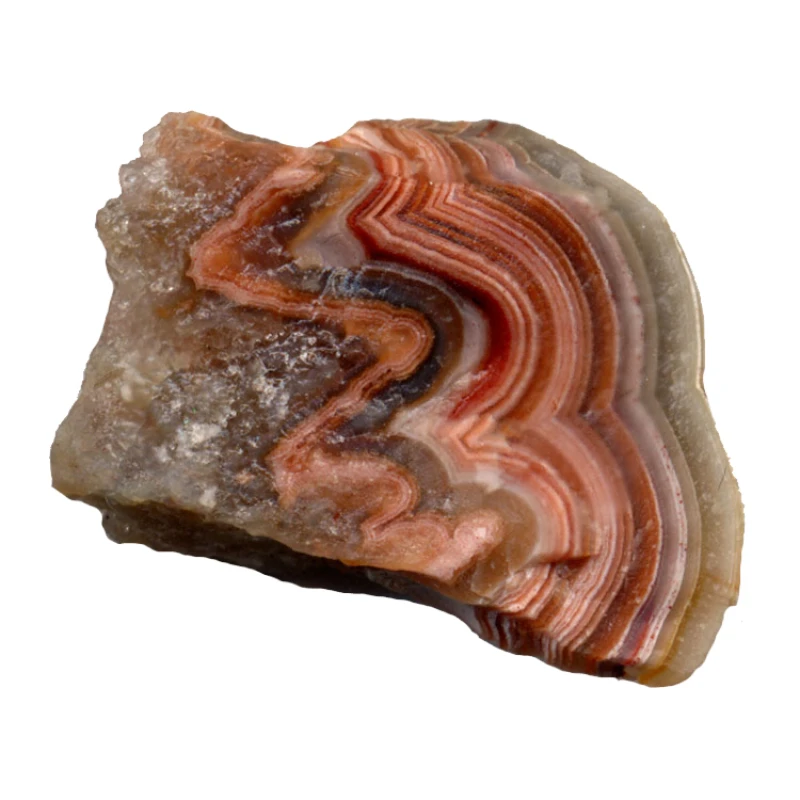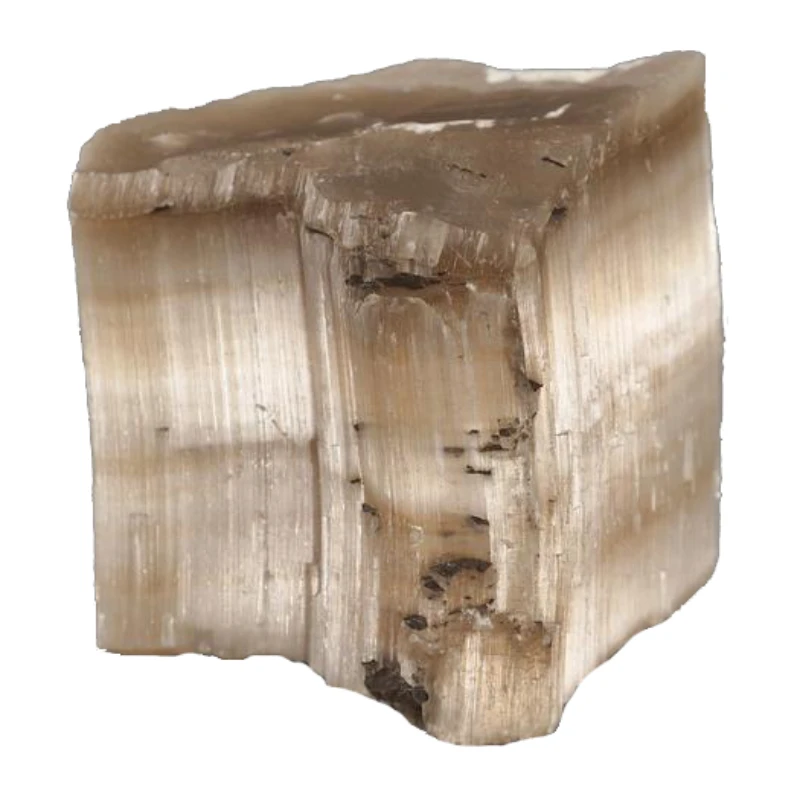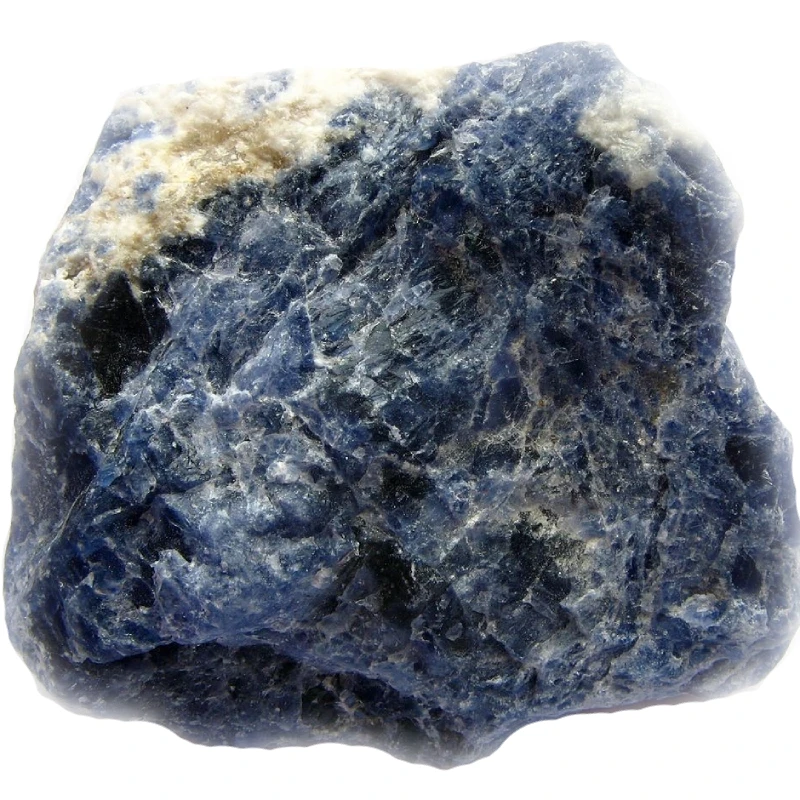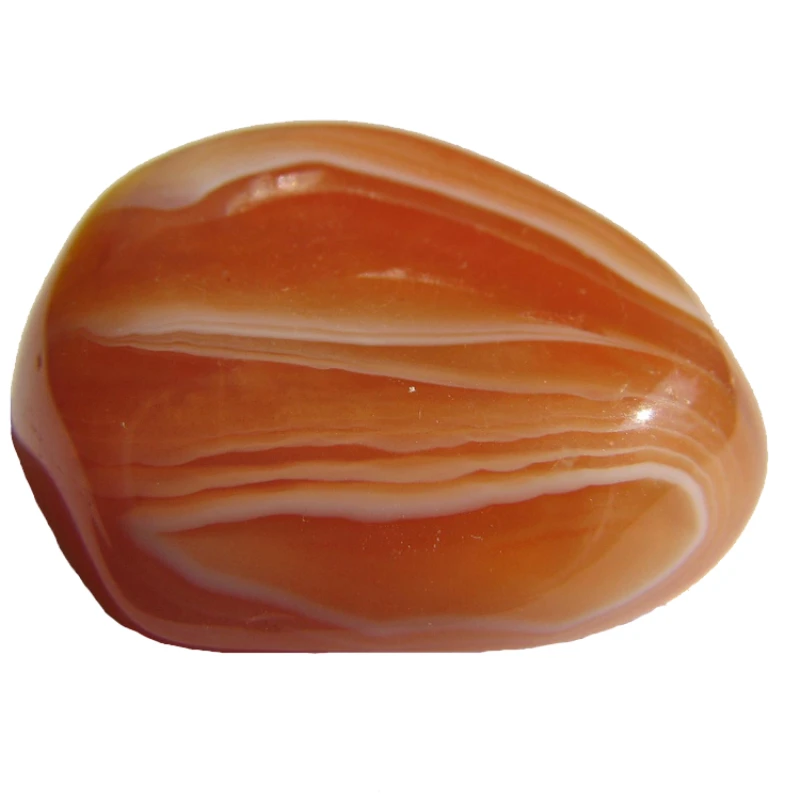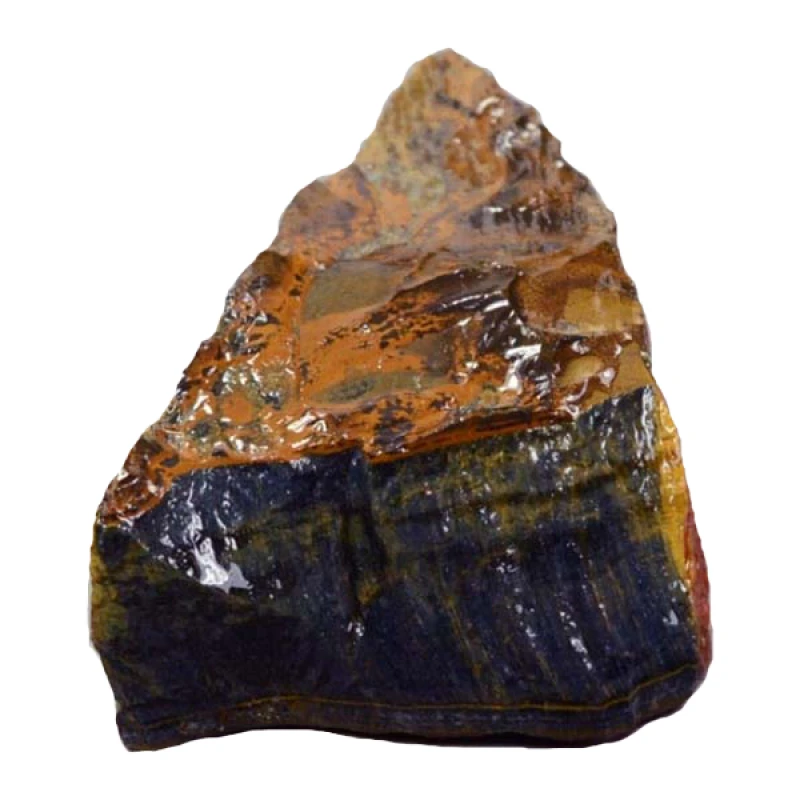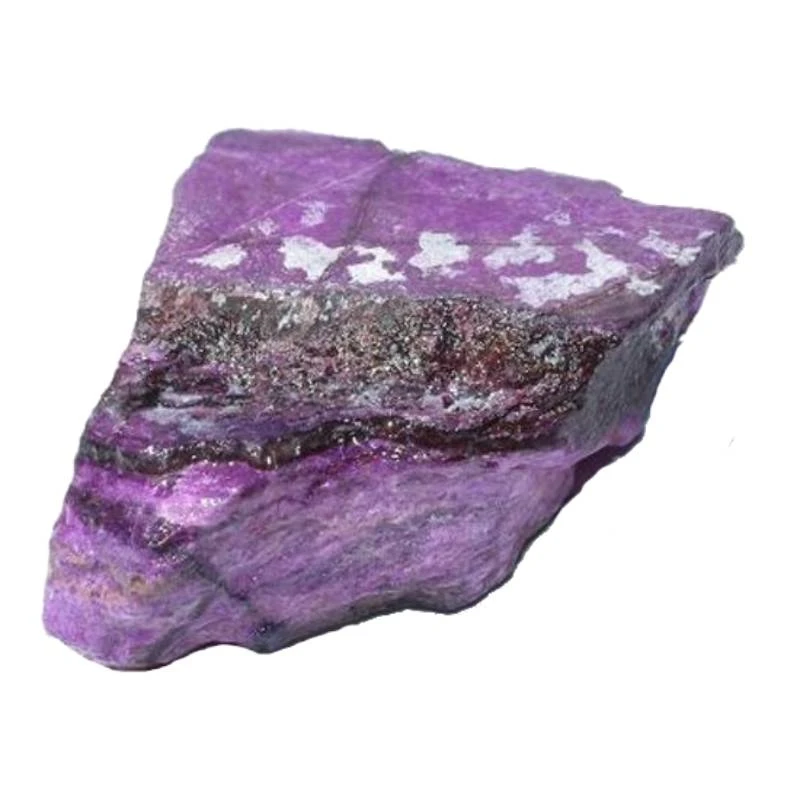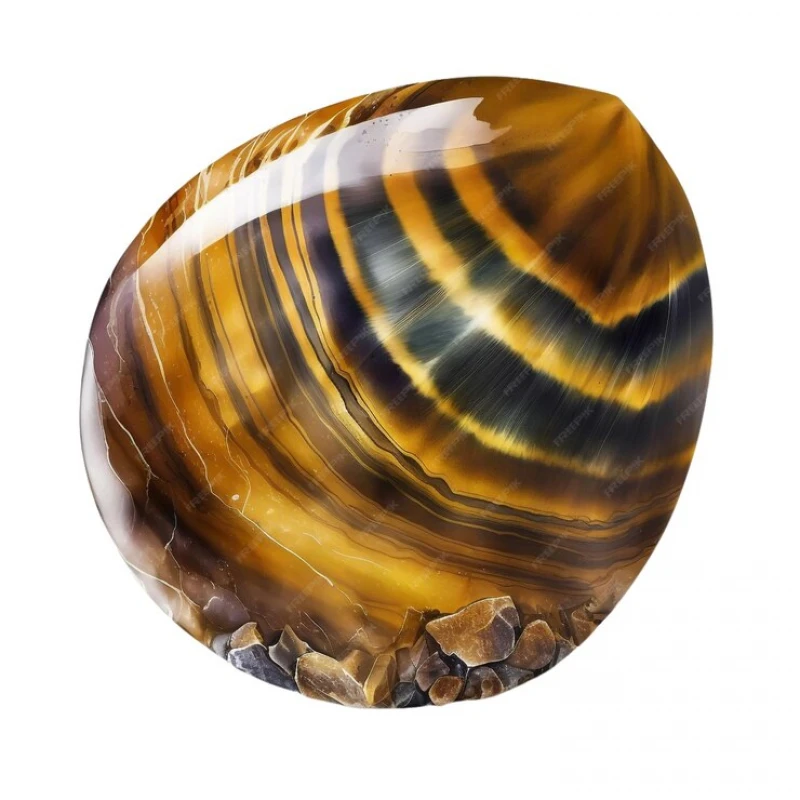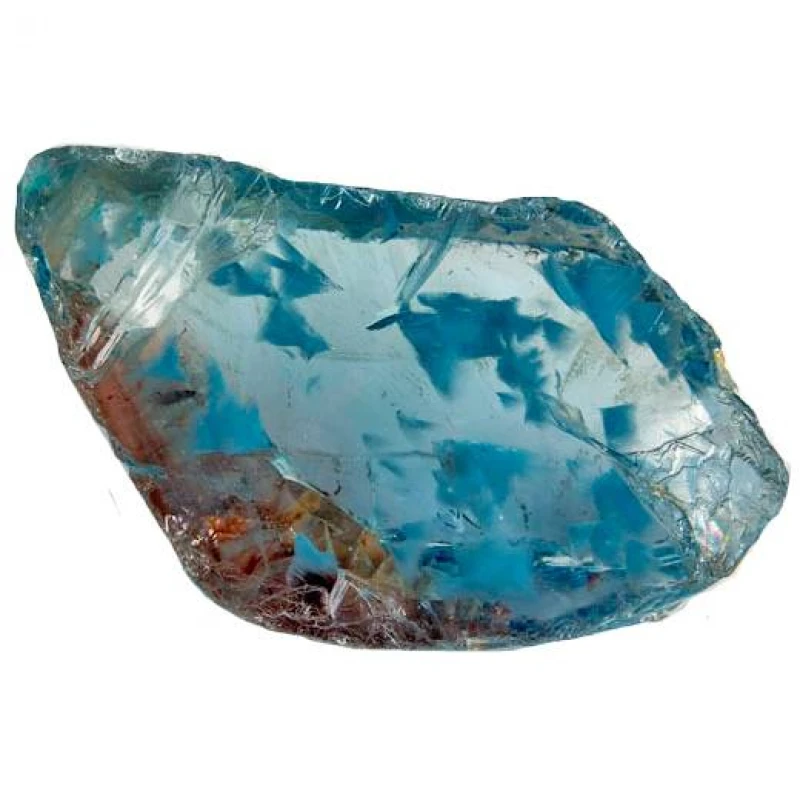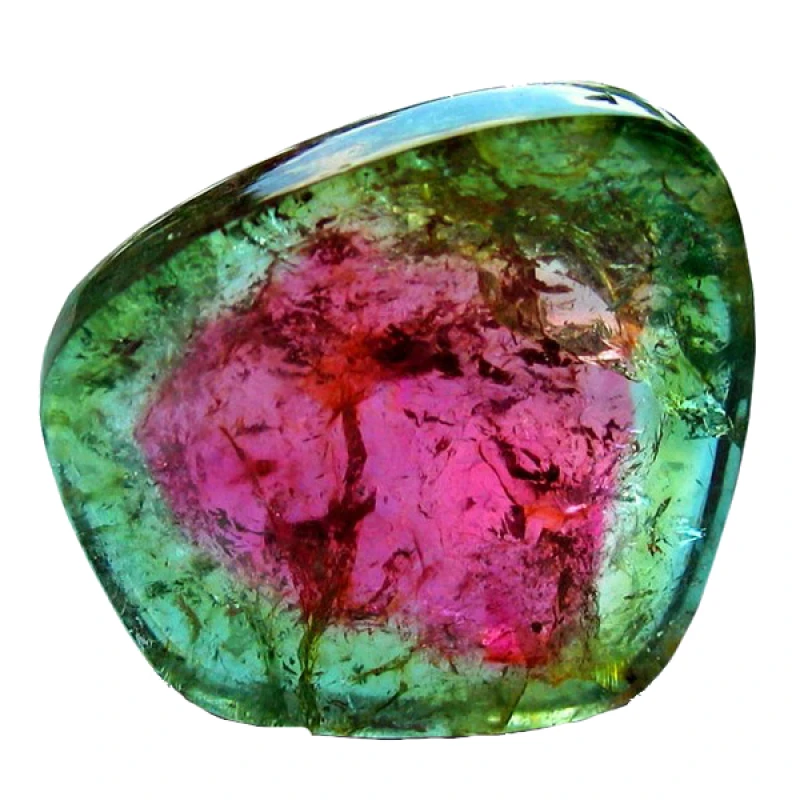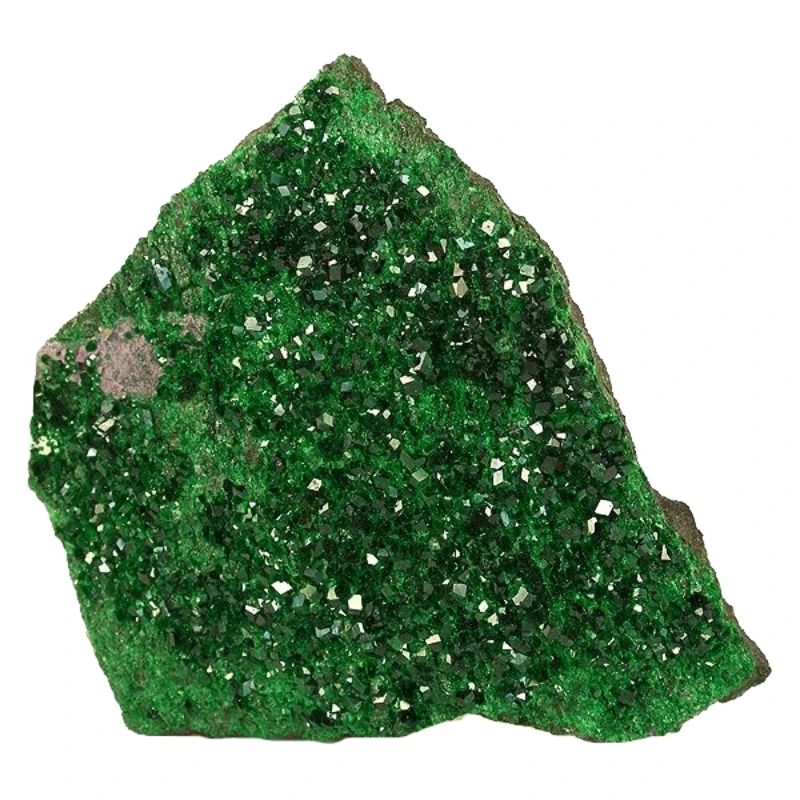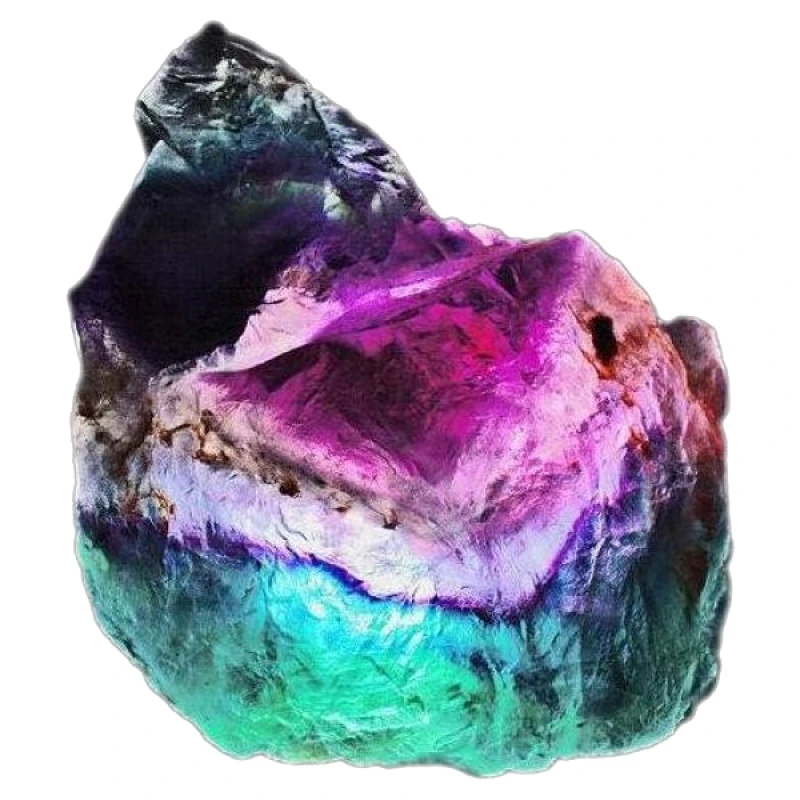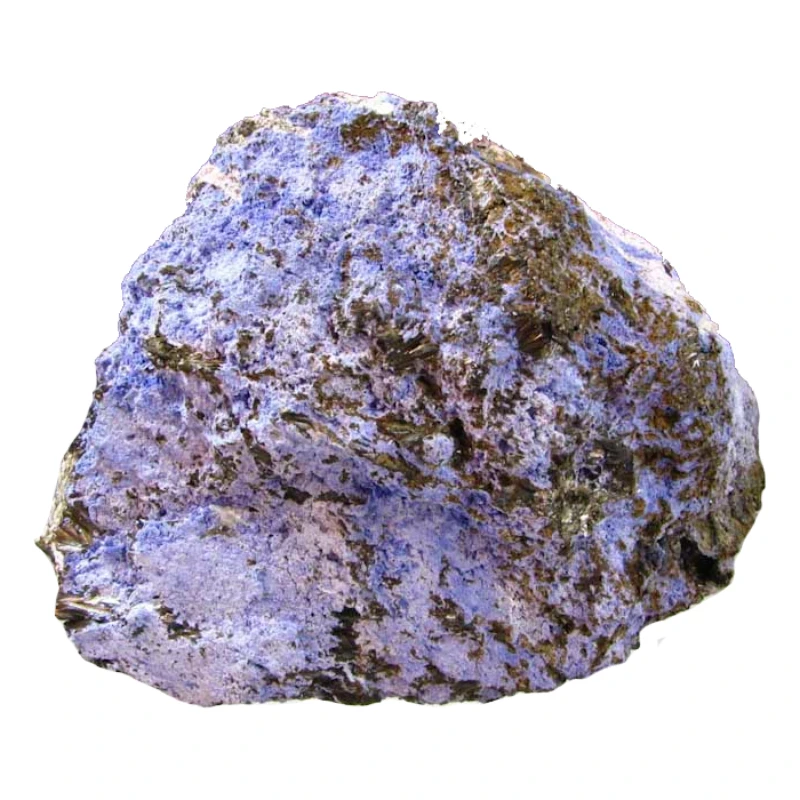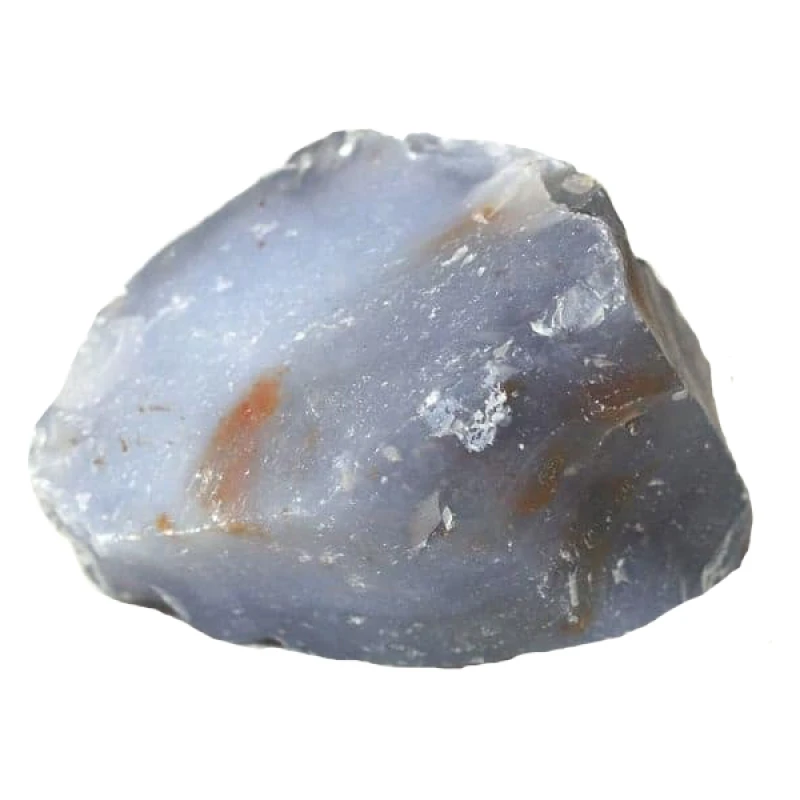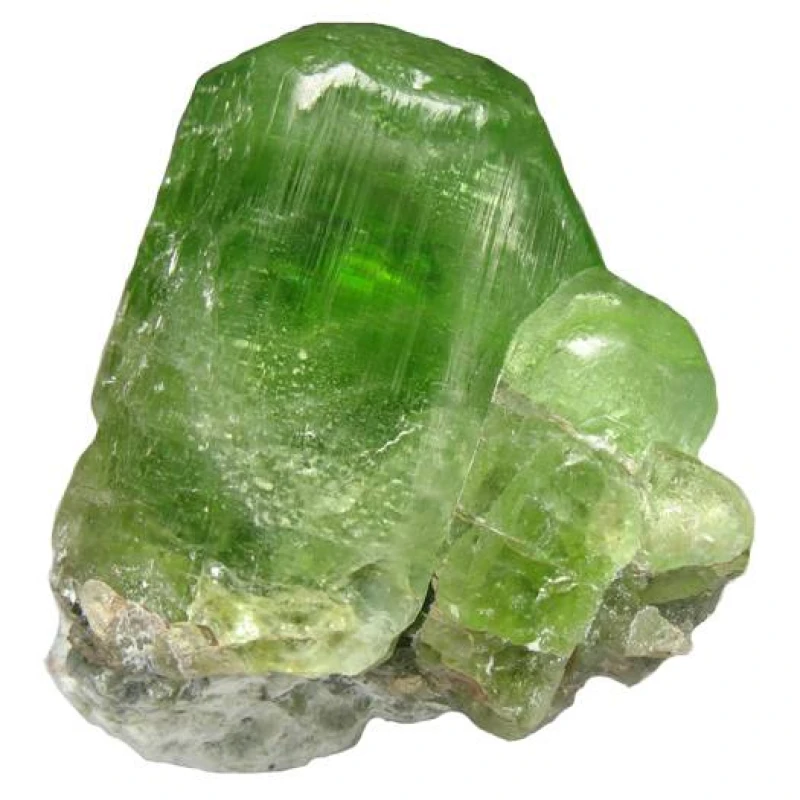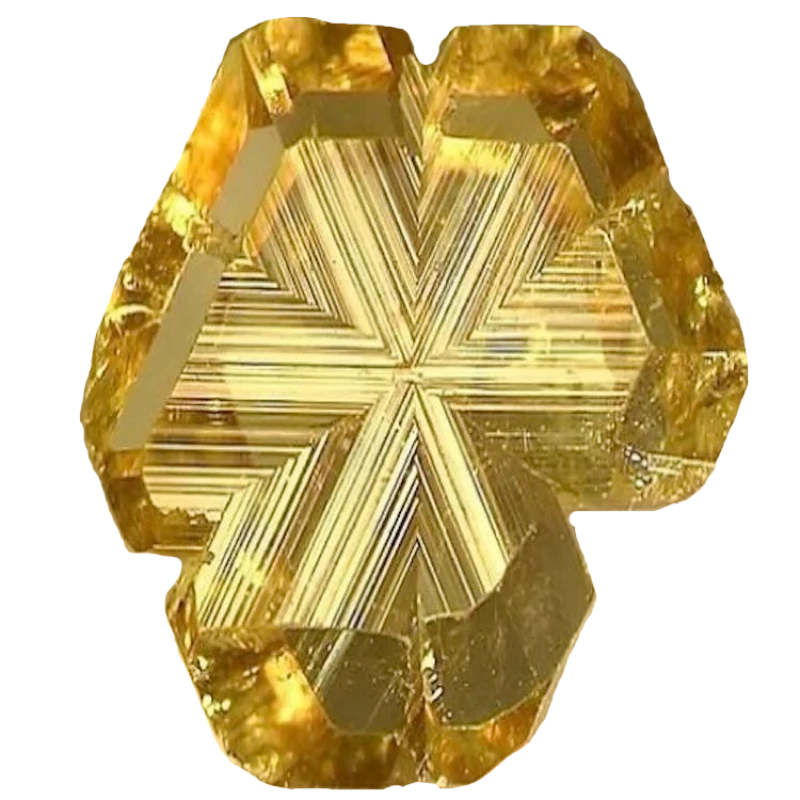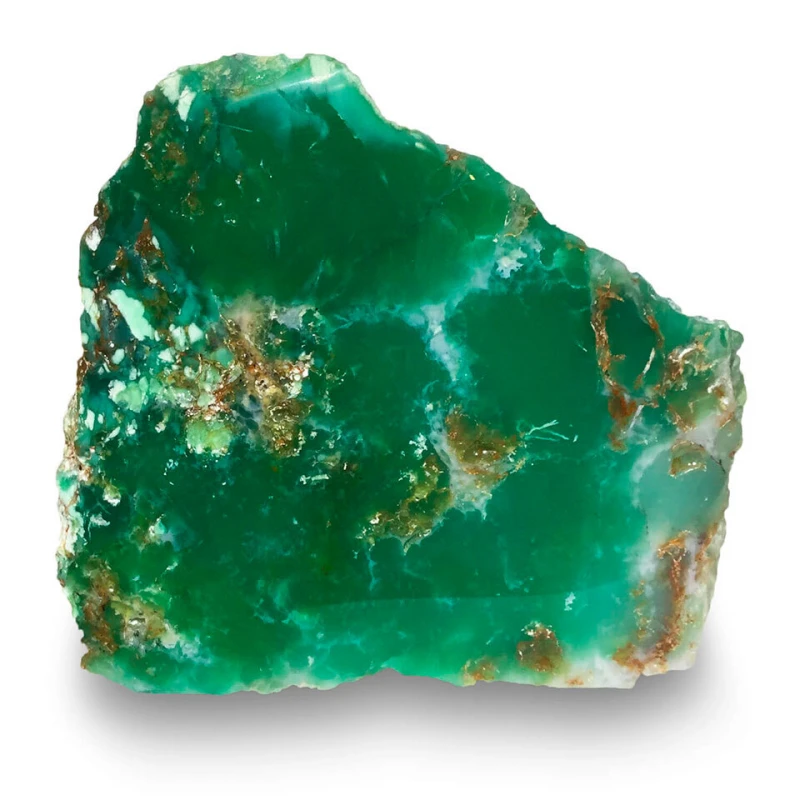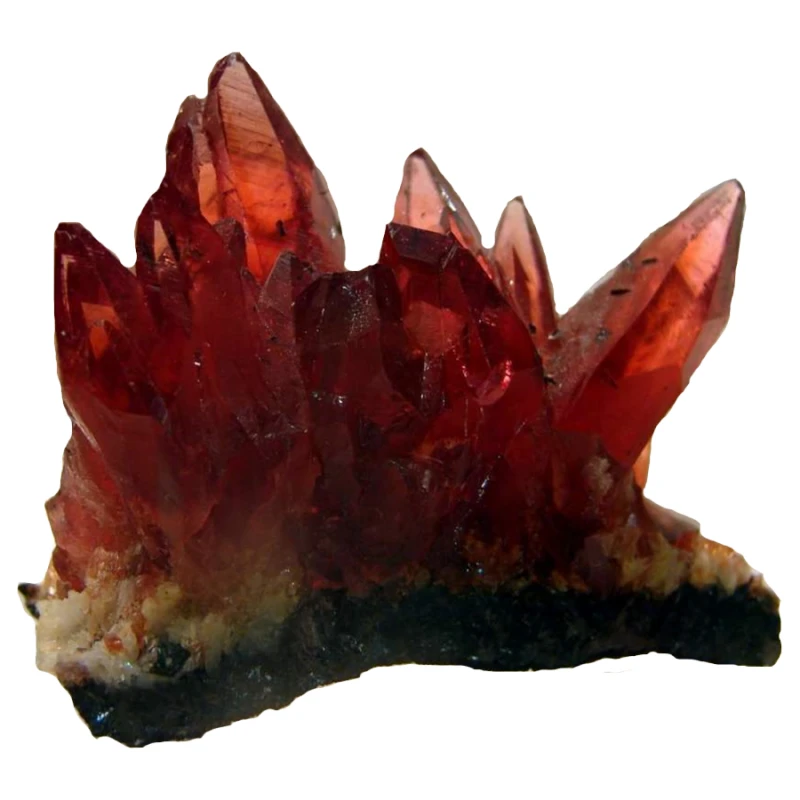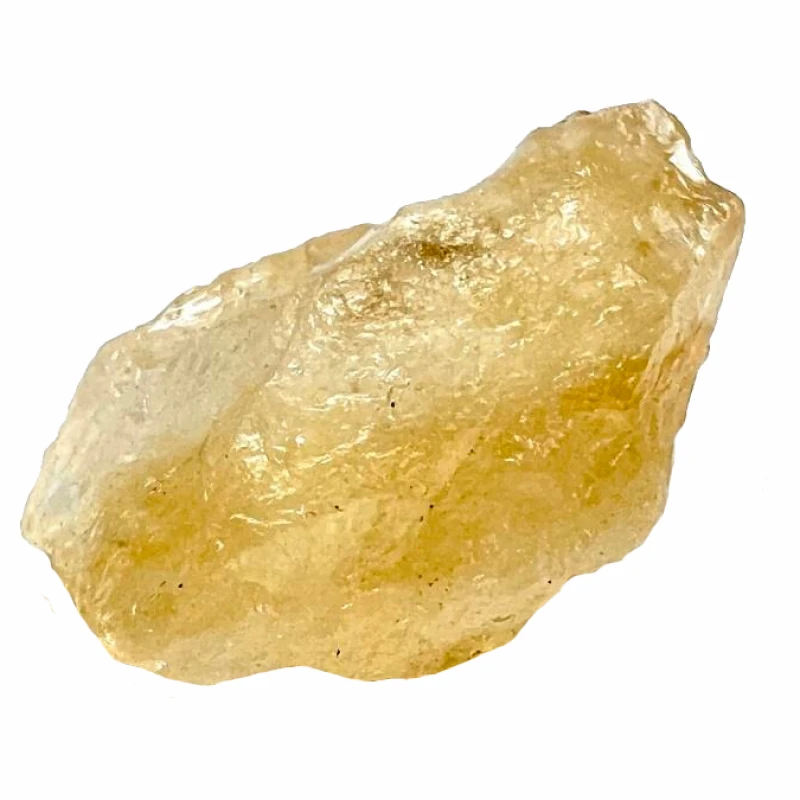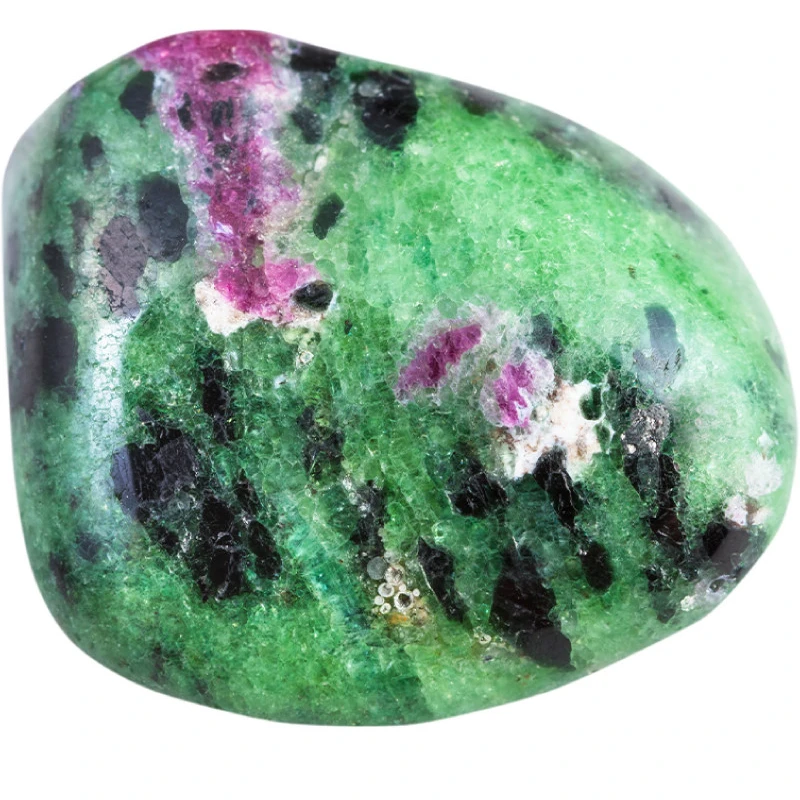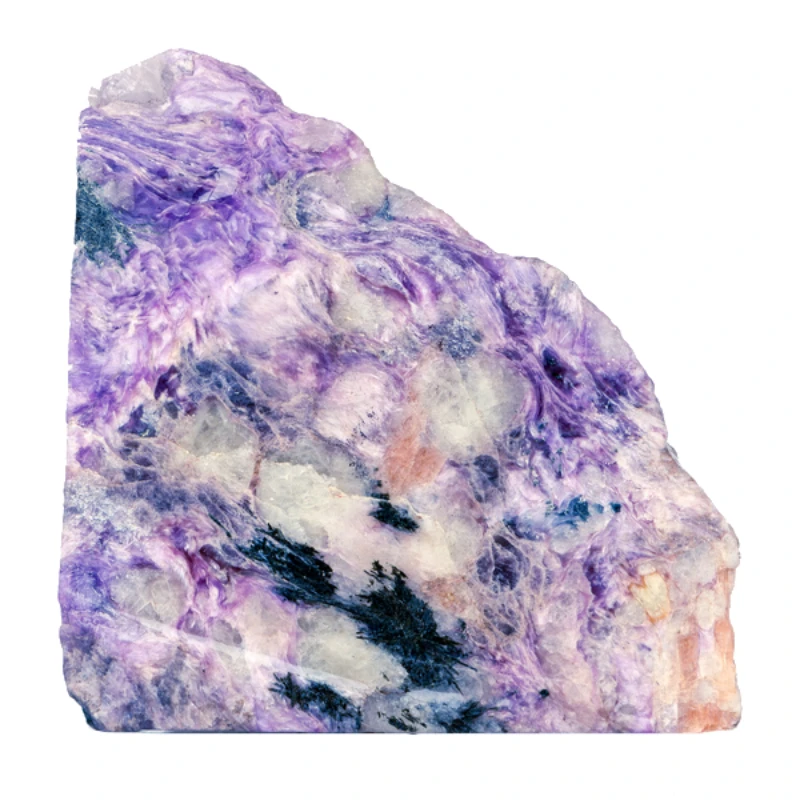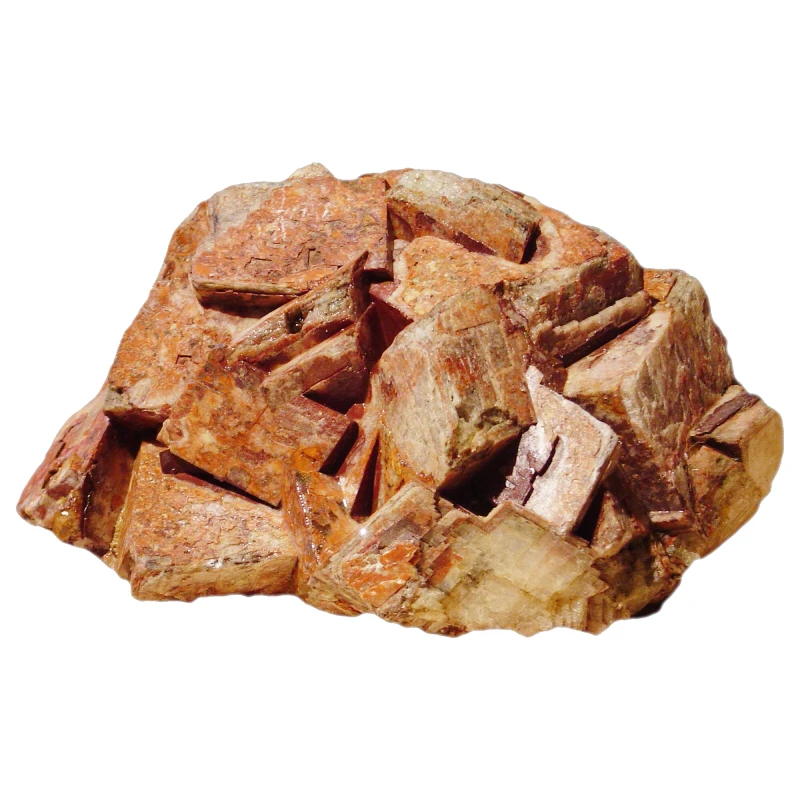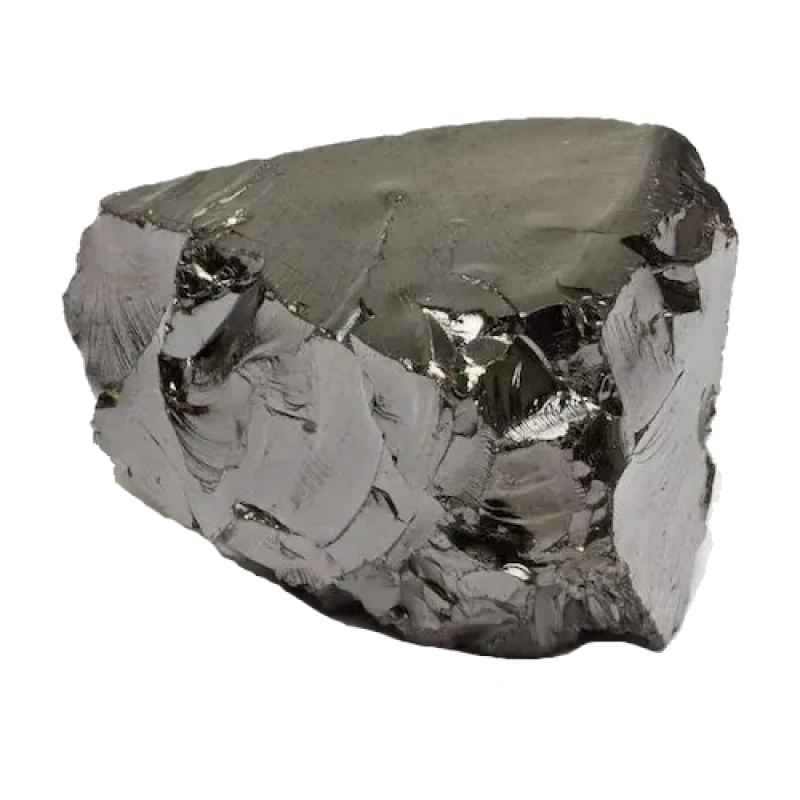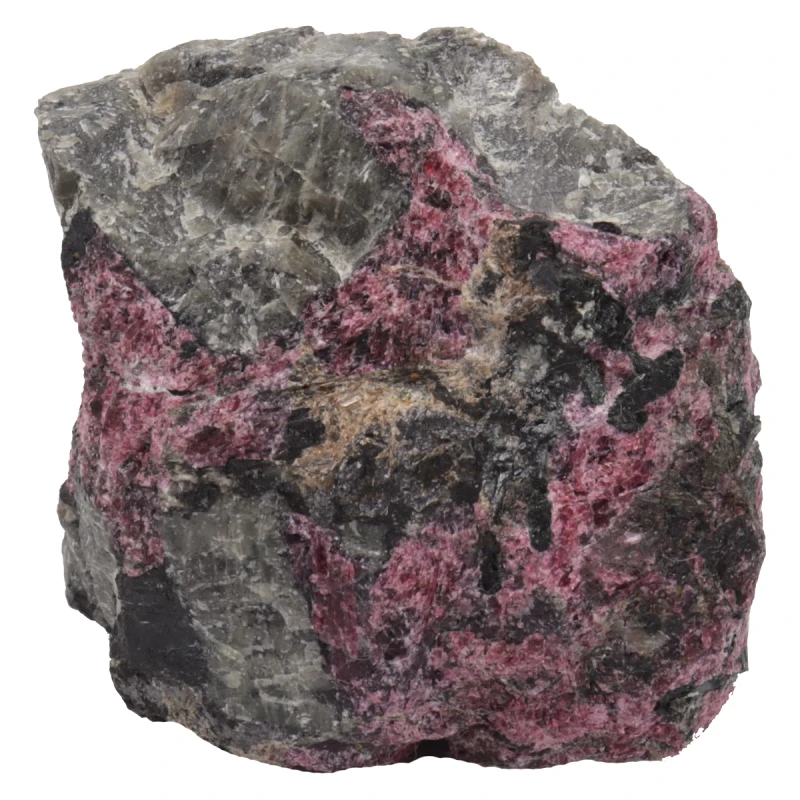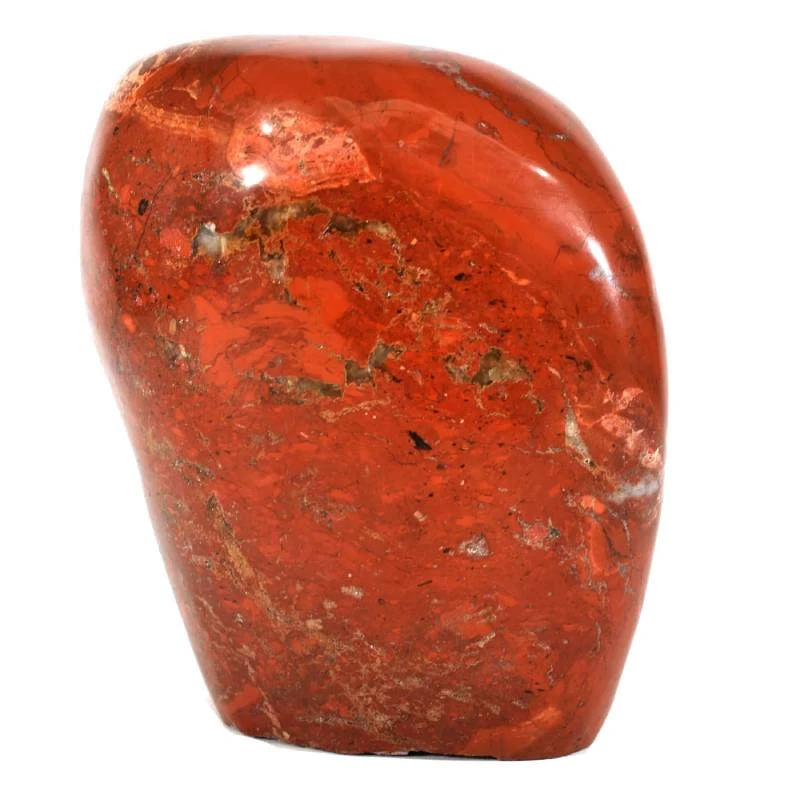Euclase
Stone History
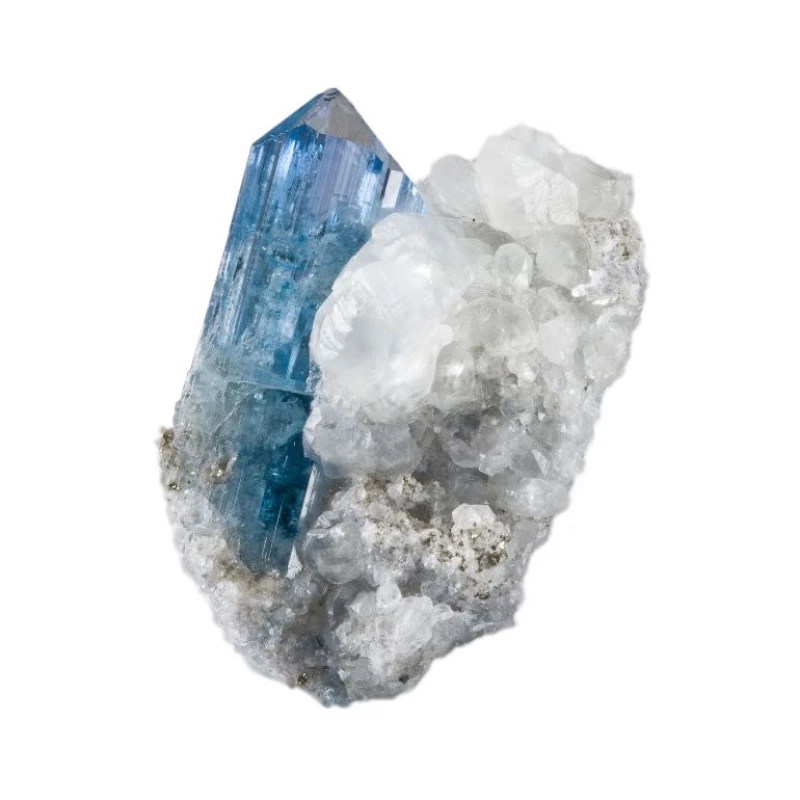
Euclase belongs to the silicate group. It includes several related minerals, such as vesuvianite, datolite, and others.
The mineral was first described in 1792 by the Italian mineralogist Renato Dalla Valle. The name "euclase" comes from the Greek word "εῦκλασις" (euclasis), meaning "easily broken," due to its fragility and tendency to cleave easily.
Zodiac
Euclase is commonly associated with several zodiac signs, most notably Gemini and Libra:
-
Gemini: Geminis are known for their communication skills, curiosity, and charm. Euclase, with its transparency and play of light, enhances these qualities, promotes mental clarity, and stimulates creative thinking.
-
Libra: Libras seek harmony, justice, and beauty. Euclase supports relationship balance, aids decision-making, and promotes equilibrium in life.
While these signs may be more attuned to euclase's energy, stone selection should always reflect personal needs and preferences.
Element
Euclase is not traditionally linked with a specific astrological element. However, its energy may be associated with:
-
Air: Due to its clarity and light-reflective qualities, suggesting movement, insight, and communication.
-
Earth: Reflecting its crystalline structure and grounding nature.
The interpretation depends on context and esoteric traditions.
Planet
Euclase has no direct astrological planetary correspondence, but interpretations include:
-
Sun: Symbolizing clarity, life force, and brilliance.
-
Pluto: Associated with transformation and deep internal change.
Colors
Euclase occurs in various shades, including:
-
Clear/Colorless: Nearly transparent or lightly tinted.
-
Green: Ranges from light to deep green, sometimes with bluish or yellowish tones.
-
Violet: Due to elements like manganese.
-
Yellow/Orange: Including warm golden tones.
-
Red/Pink: Rare, but present in select localities.
This color diversity makes euclase highly prized by collectors and jewelers.
Chakra
Euclase is commonly linked to the Heart Chakra (Anahata), promoting love, compassion, and emotional balance.
Magical Properties
-
Attracting Love & Harmony: Used to strengthen bonds and invite loving energy.
-
Protection: Shields against negativity.
-
Spiritual Development: Enhances intuition and receptivity to higher wisdom.
-
Creativity: Stimulates artistic expression and realization of ideas.
-
Energy Amplification: Boosts magical workings and rituals.
-
Meditation Aid: Supports mental focus and deeper states of awareness.
-
Prosperity & Success: Encourages growth and favorable opportunities.
Healing Properties
-
Immune Support: Believed to enhance immunity and resistance.
-
Stress Relief: Promotes calm and emotional stability.
-
Cardiovascular Health: May aid in lowering blood pressure and circulation.
-
Muscle & Joint Pain: Eases inflammation and physical discomfort.
-
Digestive Aid: Supports gastrointestinal health.
-
Emotional Balance: Encourages confidence and joy.
-
Sleep Improvement: Promotes relaxation and restful sleep.
While individual experiences vary, euclase is commonly used for both physical and emotional healing.
Mining Locations
Euclase is mined in various locations worldwide:
-
Italy: Major deposits in the Monzone region.
-
Switzerland: Found in Val d'Aosta and the Alpine regions.
-
Russia: Present in the Ural Mountains and Altai region.
-
Brazil: One of the top producers of gem-quality euclase.
-
Kenya: Known for various gemstone varieties, including euclase.
-
Namibia: Noted for large, high-quality euclase specimens.
These regions provide diverse sources of euclase for collectors and industry alike.
Other articles in this section
